
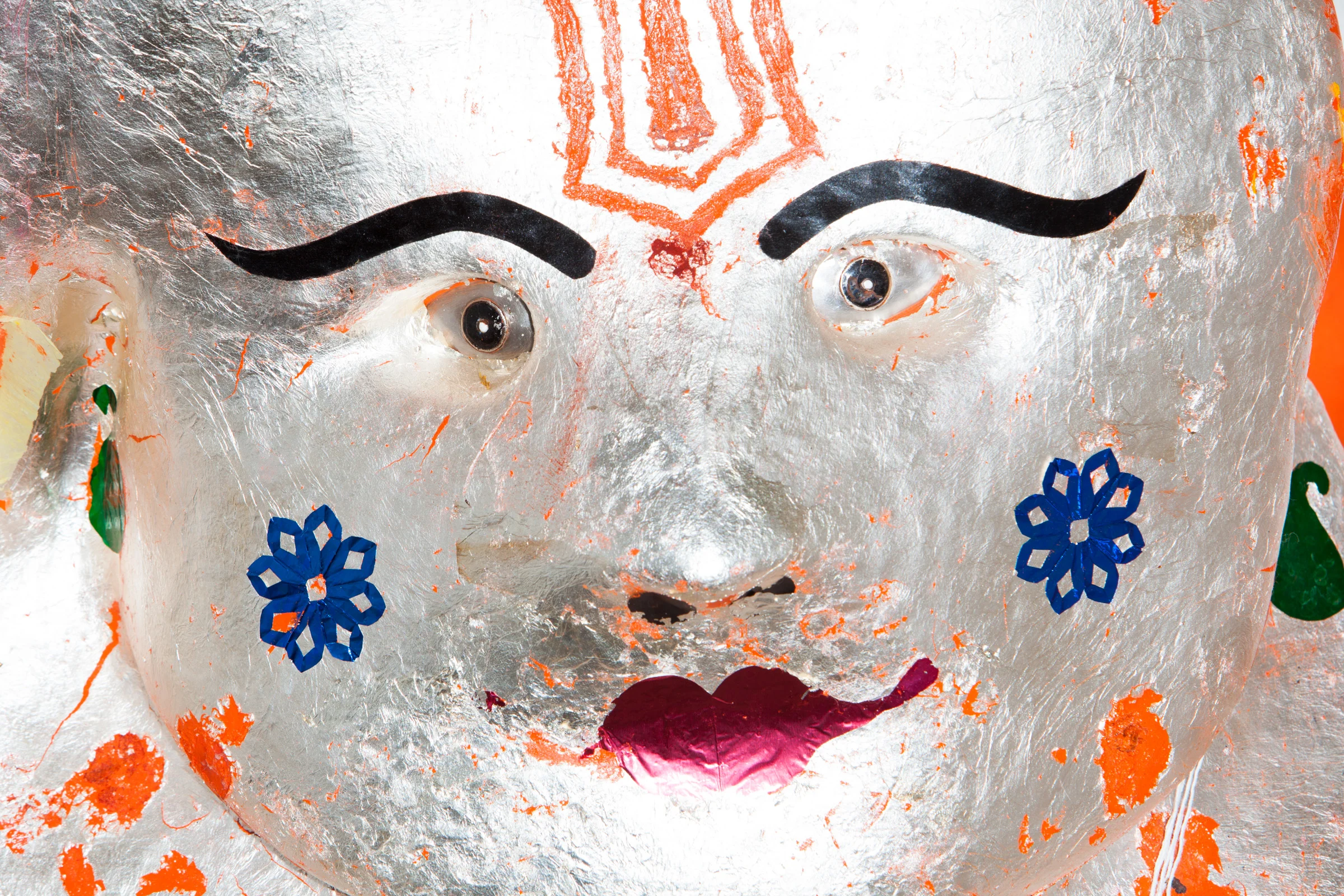

The photographer on capturing India in his debut book
Lauded by The New York Times as one of the year’s best photo books, Nick Sethi sold out of copies of his debut publication Khichdi (Kitchari) within six months. The kaleidoscopic photo collection, produced over 10 years, documents the American-born photographer's travels to his family’s homeland of India. Colorful, chaotic and packed with contradiction, it’s an authentic and wholehearted depiction of a man on the cusp of two cultures, and a country on the brink of change.
With its arresting culture and fast-paced living, India is a place that’s far from consistent. “There’s not really one specific thing to say about a place like India,” says Nick. It’s a land of contradiction, where opposites exist in harmony and in the 13 years he’s been working there, there’s been a huge amount of change – to the country, but also to his relationship with it.
So what’s it like to spend more than a decade documenting a place that’s not quite foreign and not quite home? We asked Nick’s good friend and fellow photographer Charlie Engman to interview him about the whole thing.
Hit the audio buttons to listen to their conversation while you scroll through our favorite images from Nick’s work.
The book takes its name from a popular rice and lentil-based dish eaten throughout India. Khichdi (or Kitchari) is served in different ways depending on the region, state or household you eat in. There’s no set ingredient list, no intricate cooking technique and even the official spelling is up for grabs.
It’s the perfect metaphor for a chaotic, contradictory and ever-changing country and a book that aims to capture its essence.
The book takes its name from a popular rice and lentil-based dish eaten throughout India. Khichdi (or Kitchari) is served in different ways depending on the region, state or household you eat in. There’s no set ingredient list, no intricate cooking technique and even the official spelling is up for grabs.
It’s the perfect metaphor for a chaotic, contradictory and ever-changing country and a book that aims to capture its essence.
I see this work as a lifelong project, and in giving it no endpoint or form, it can be about changing, learning and growing.


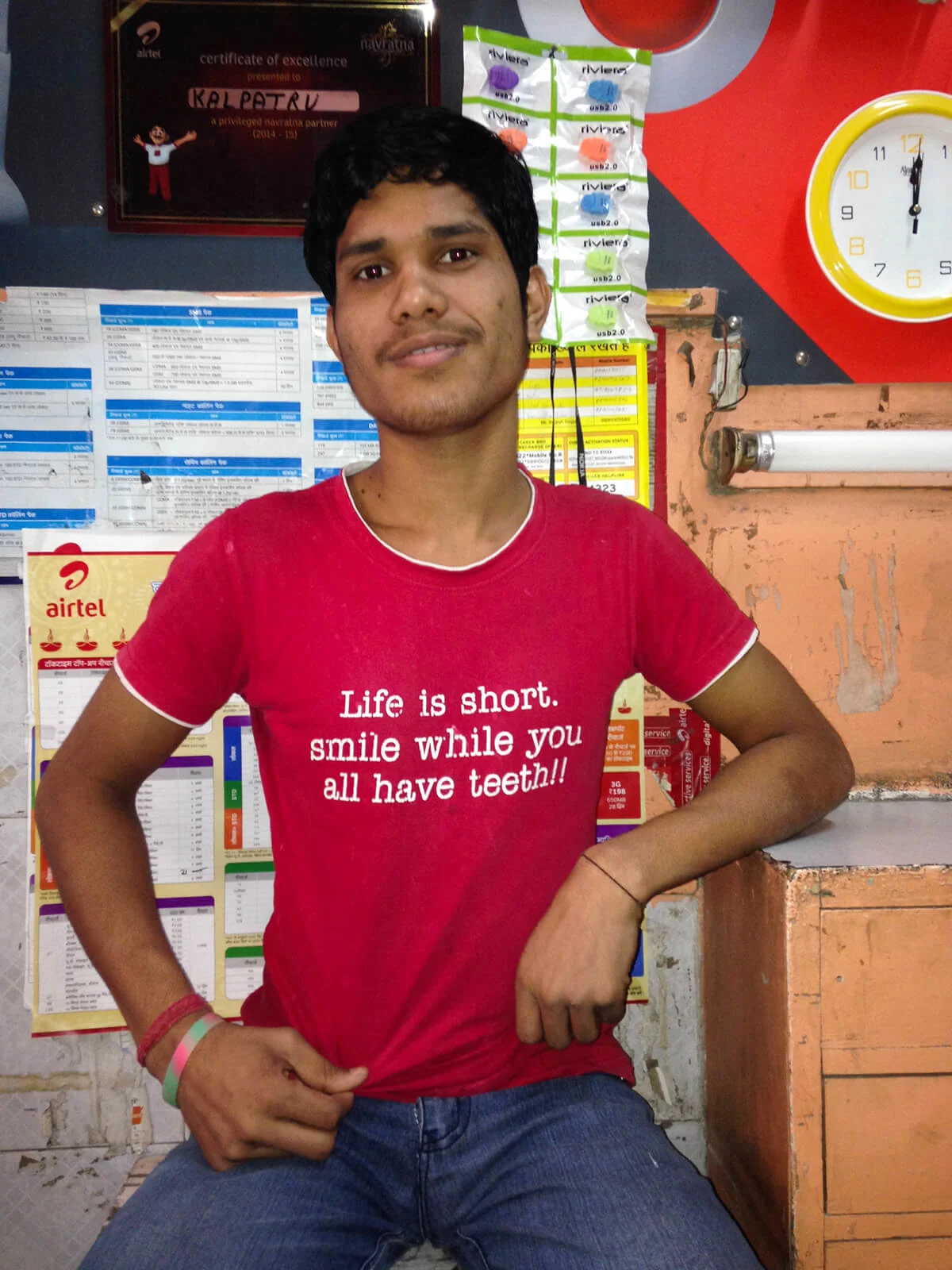

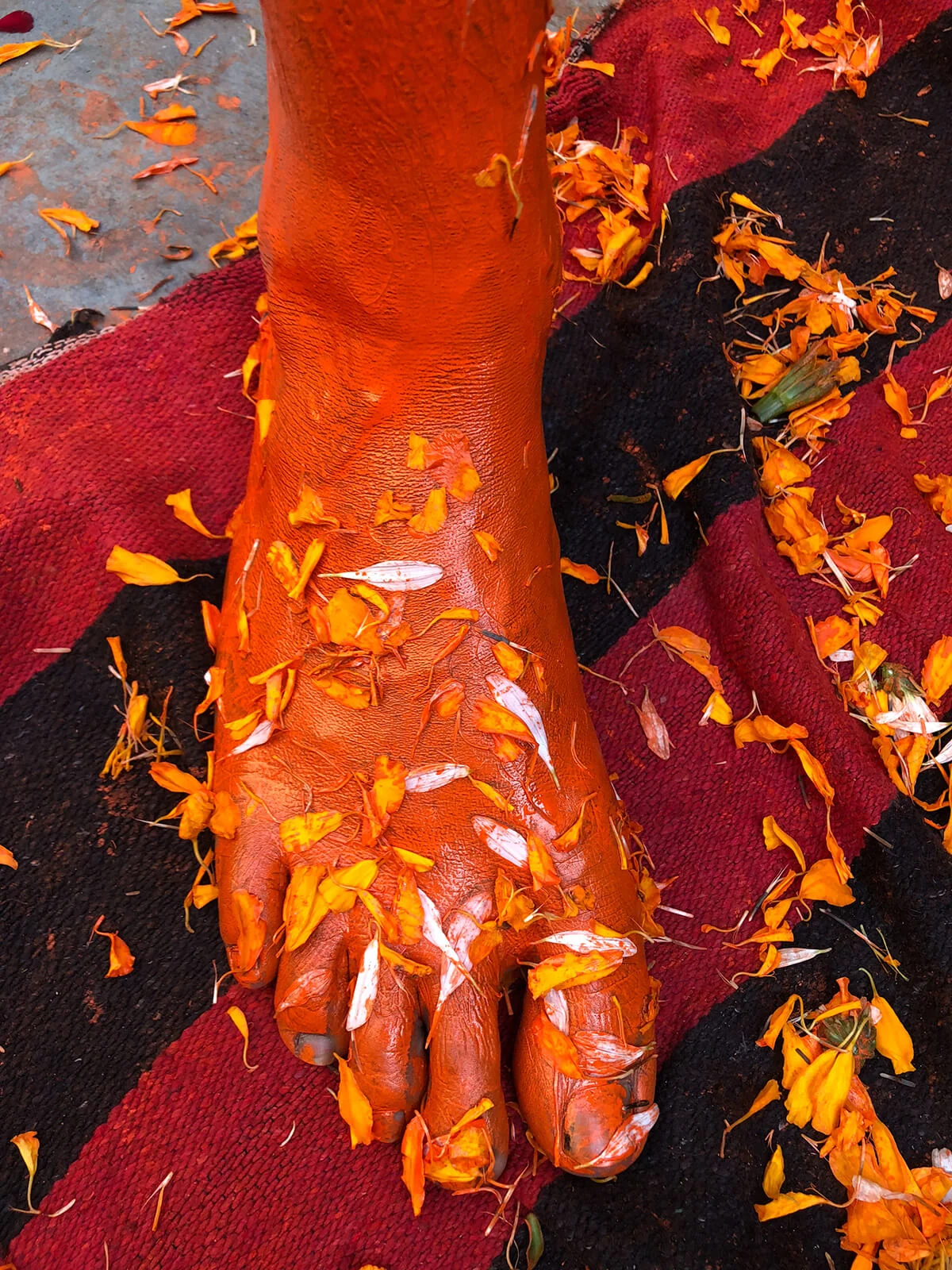

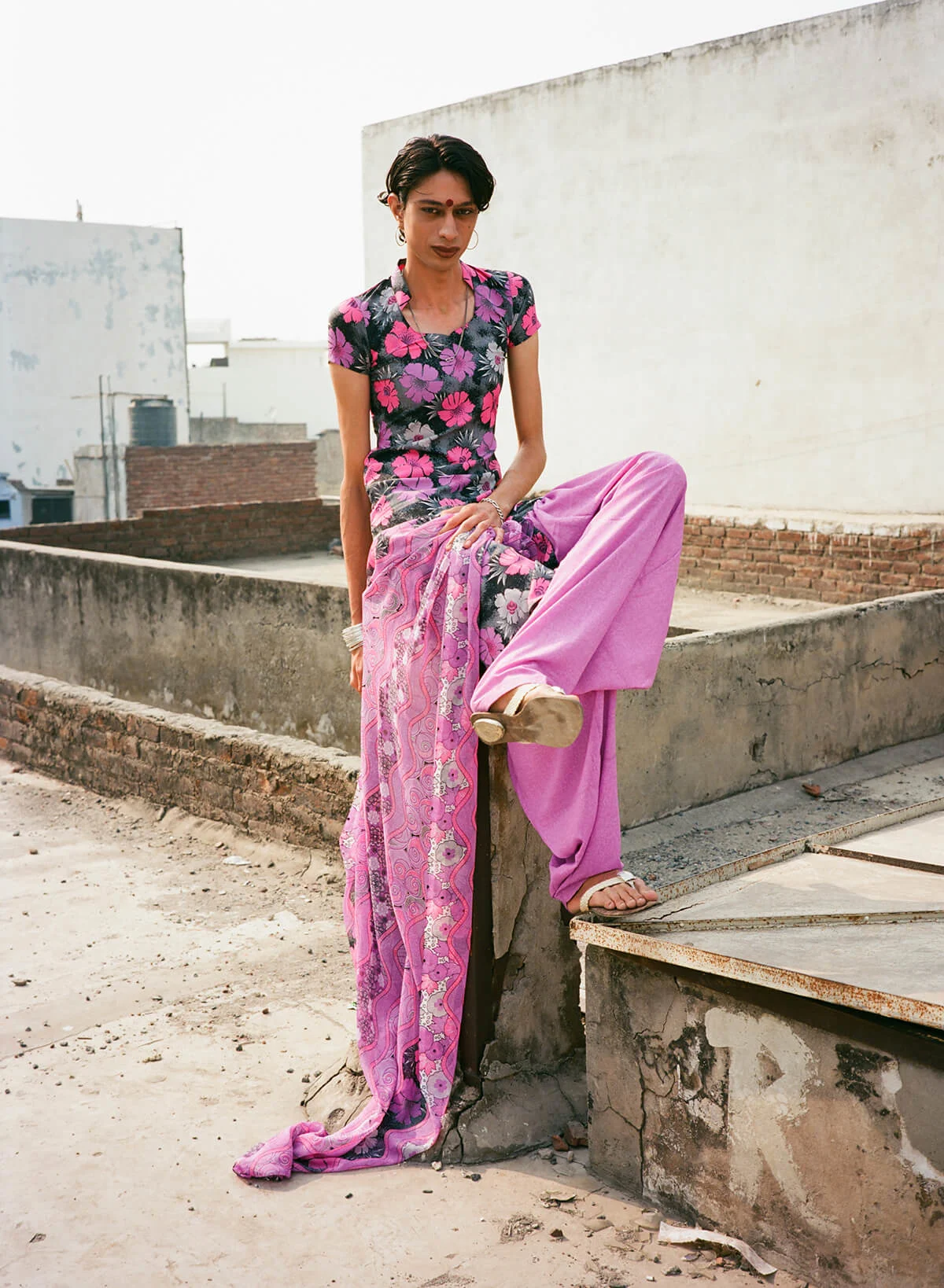
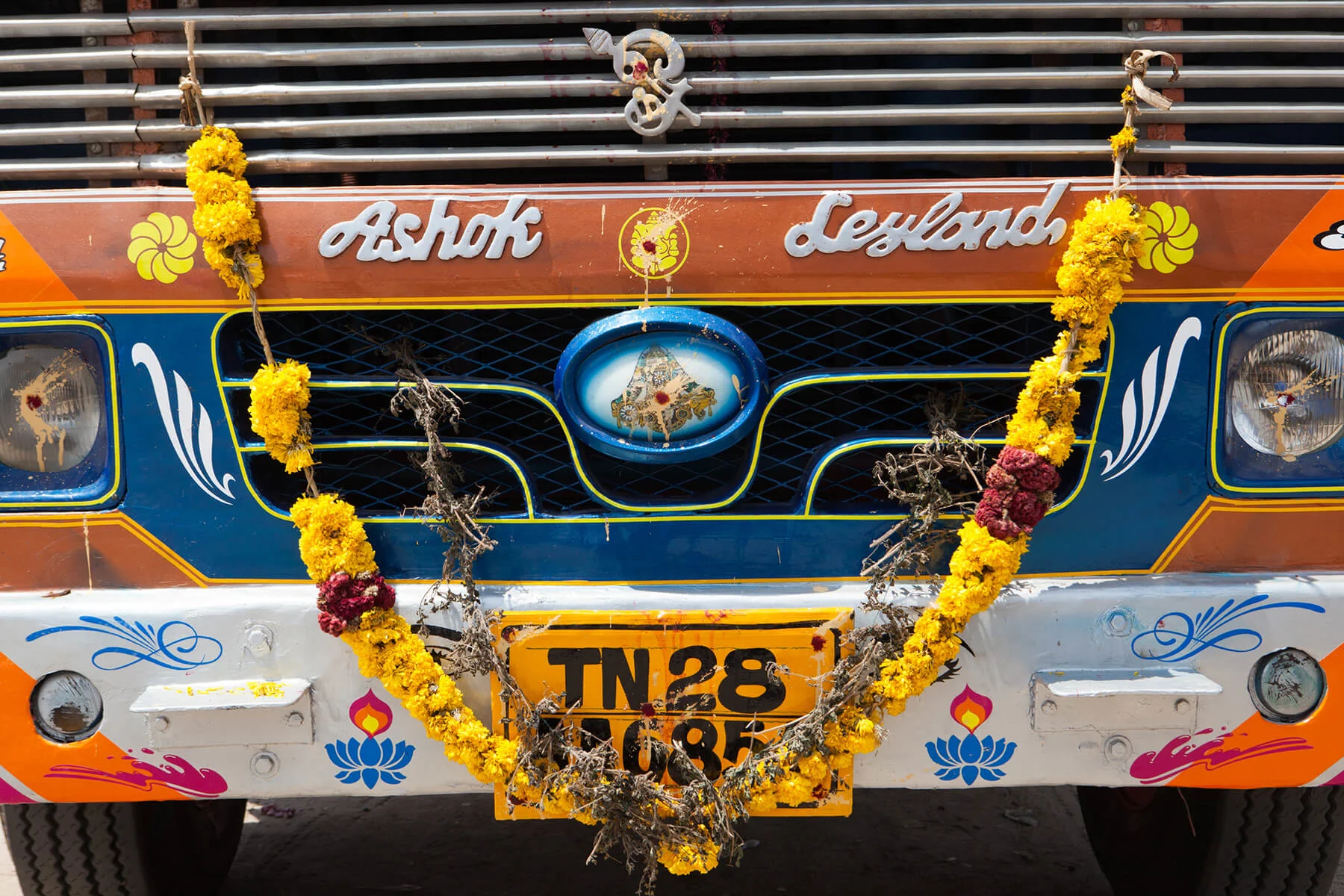
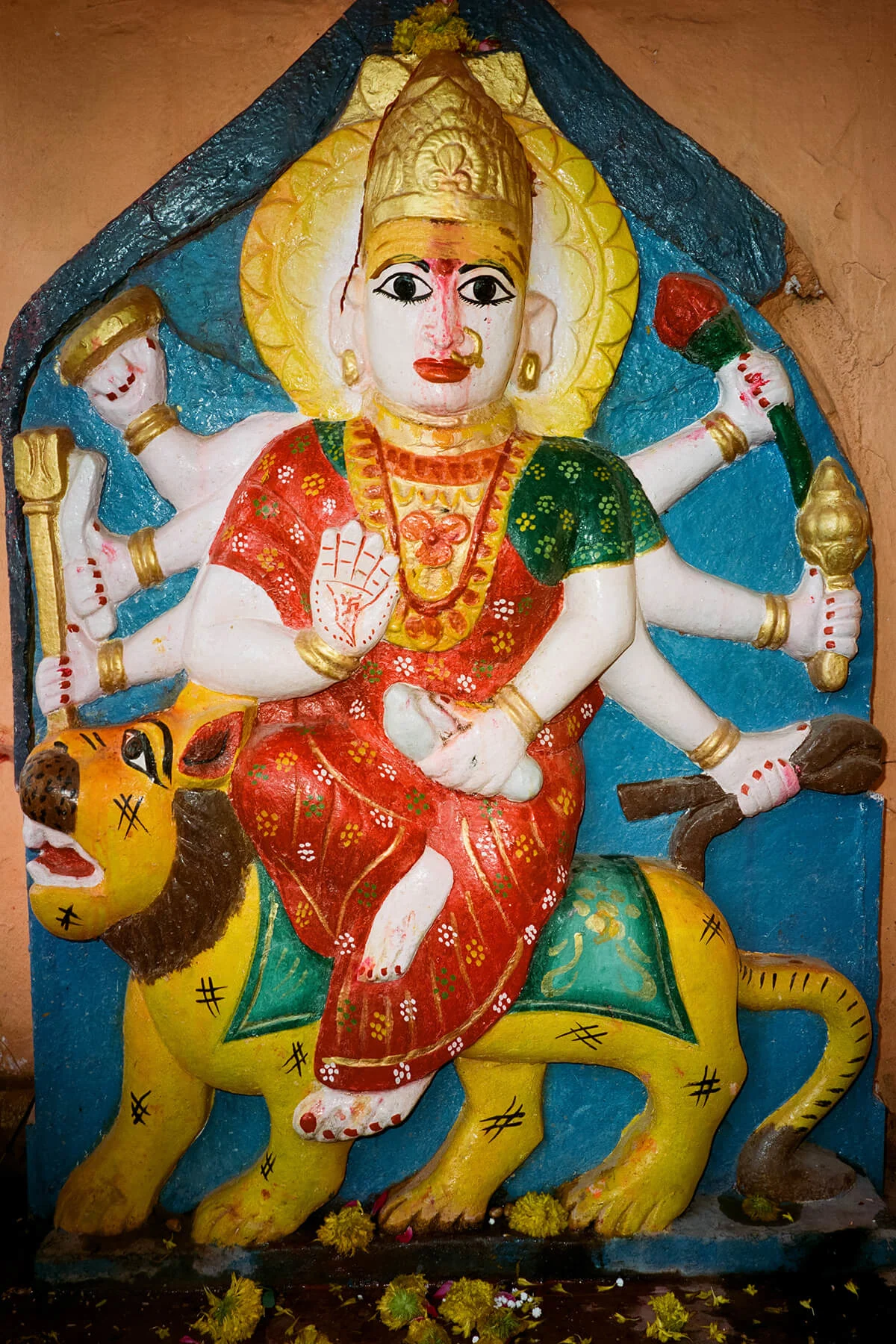
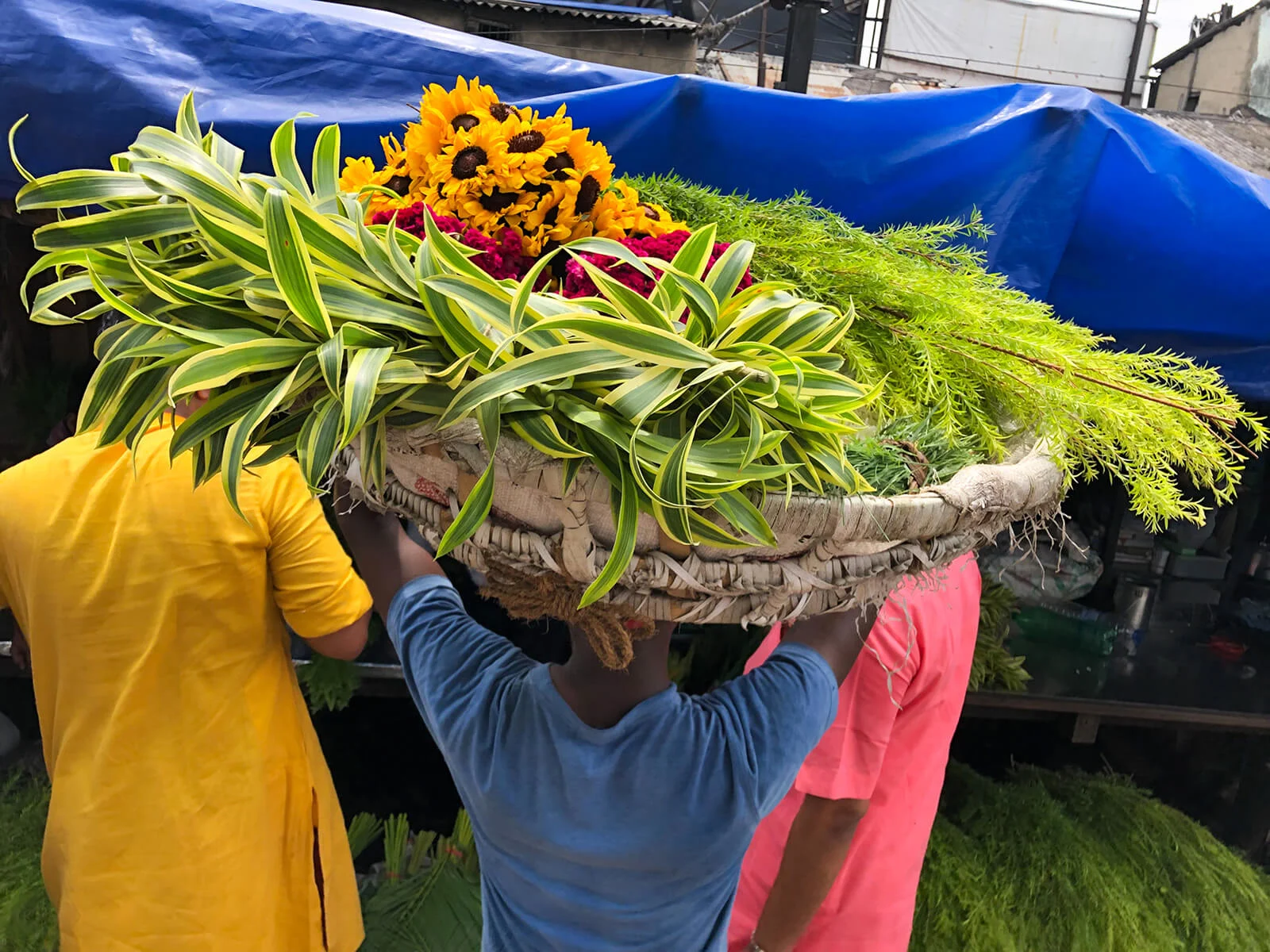

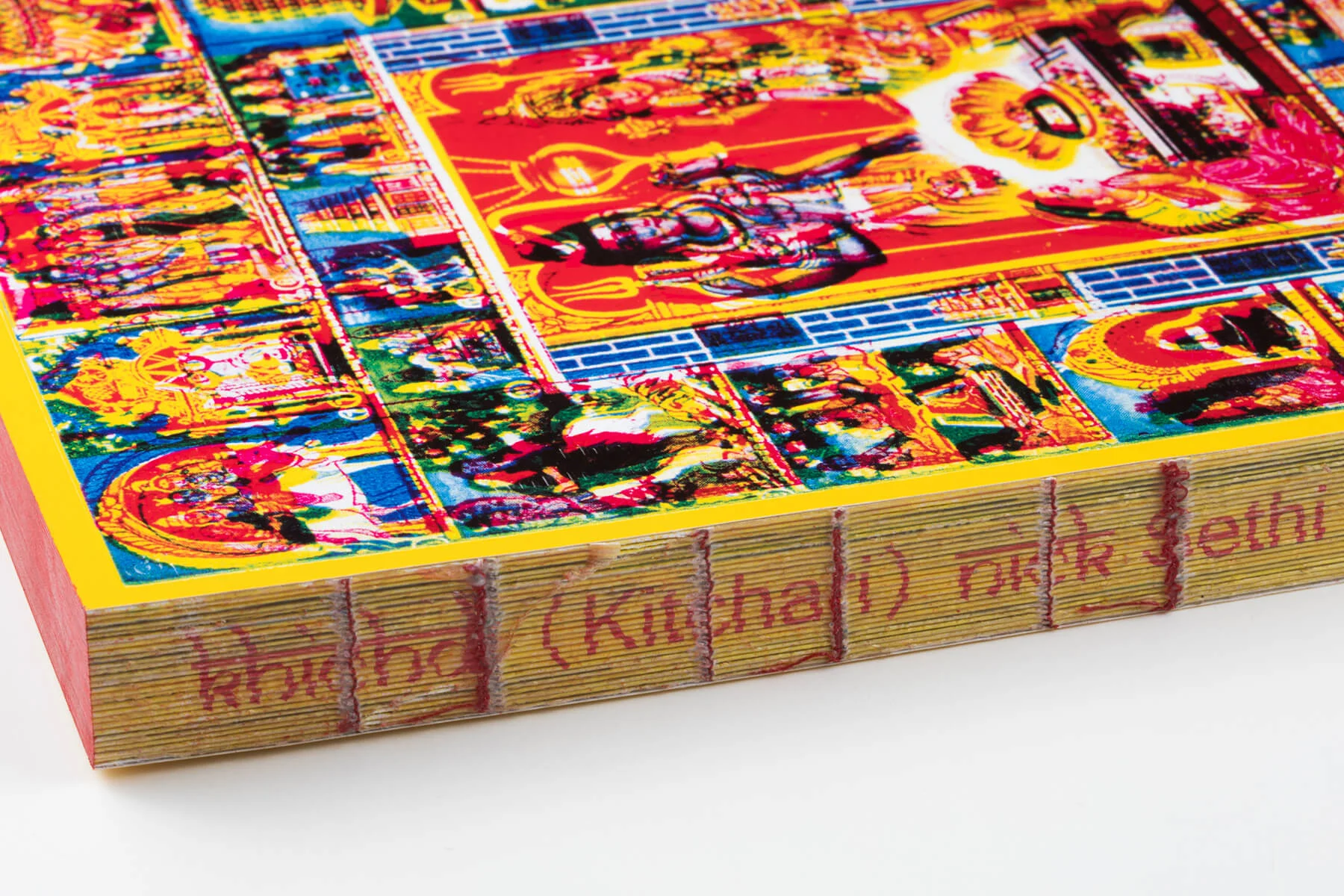


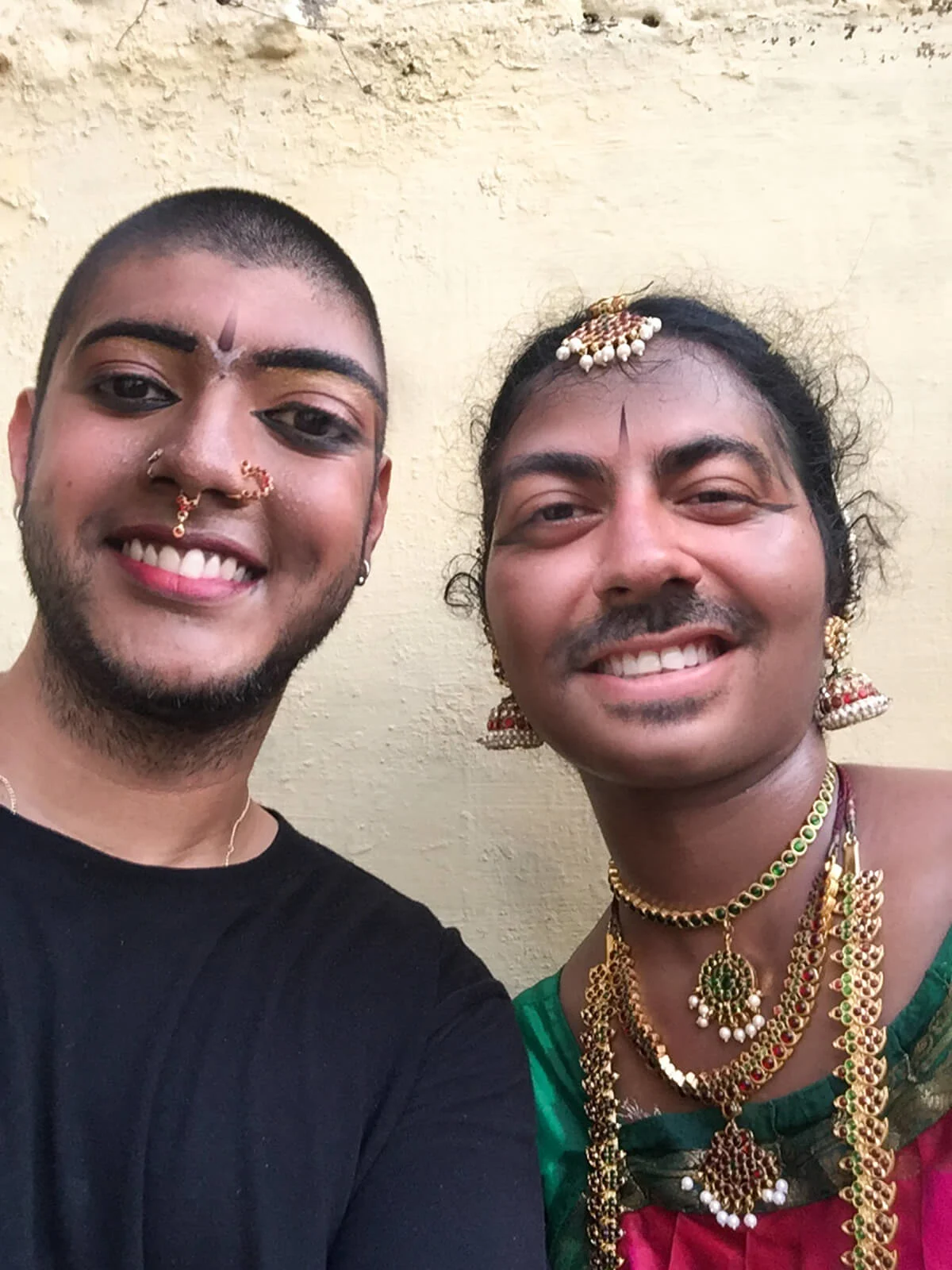

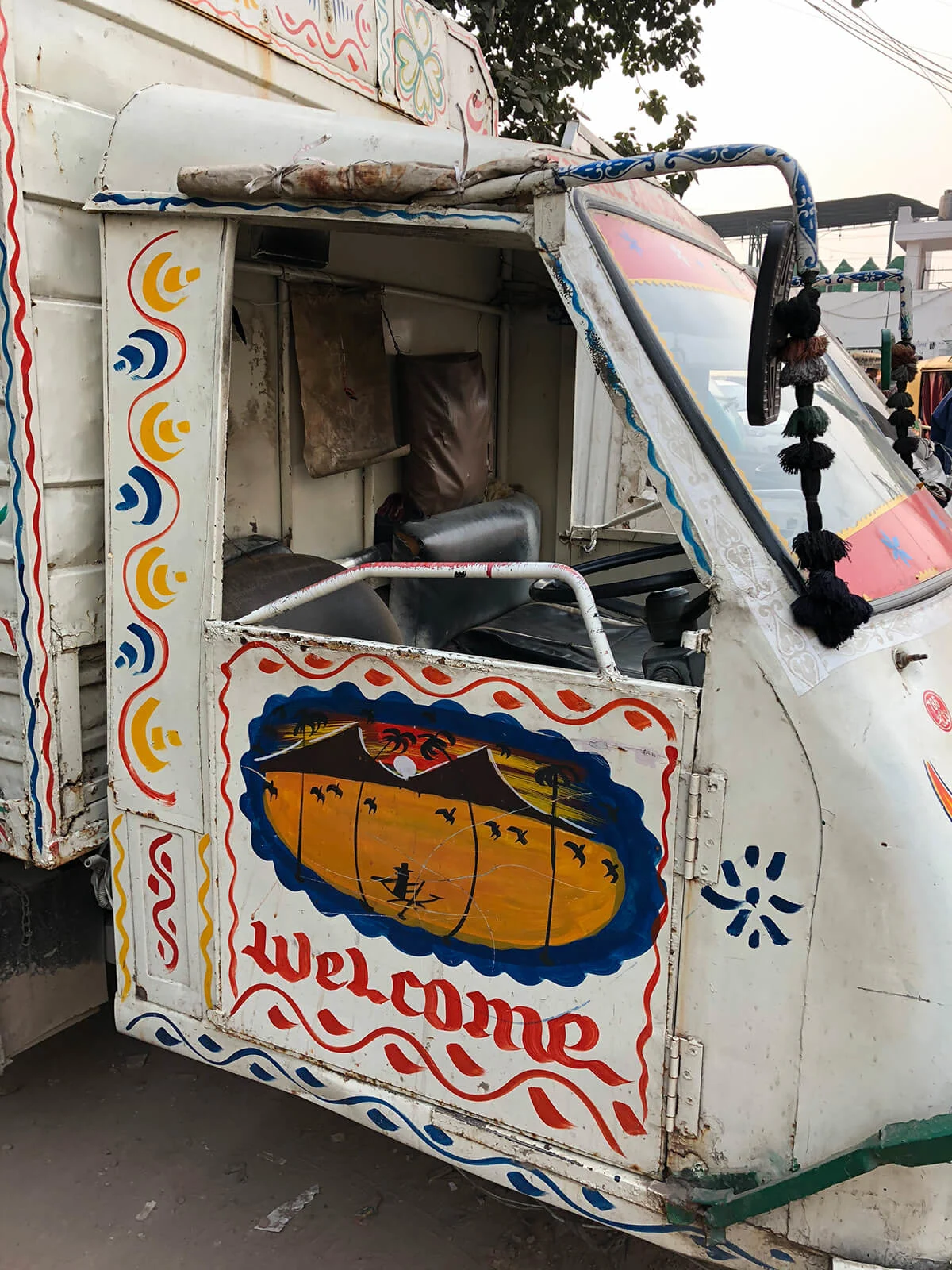
Rather than simply saying something about a place, Nick wanted Khichdi (Kitchari) to really feel like India, to capture his experience in a visceral sense. So, while on a trip with designer Brian Paul Lamotte, the pair decided to turn everything they saw, touched, tasted and smelled into the physical bindings of a book.
With its busy cover, exposed spine and saffron and vermilion tones, Khichdi (Kitchari) captures India’s bold, boisterous energy. The book was produced using locally-sourced and recycled materials, a nod to the Indian notion of reincarnation and a celebration of its craftsmanship. On the inside, the pages resemble collages, with some images distorted or flipped to subvert our perspective of India and the Western discourse surrounding it.
Rather than saying something about this place, it was supposed to feel like our experience of being there.
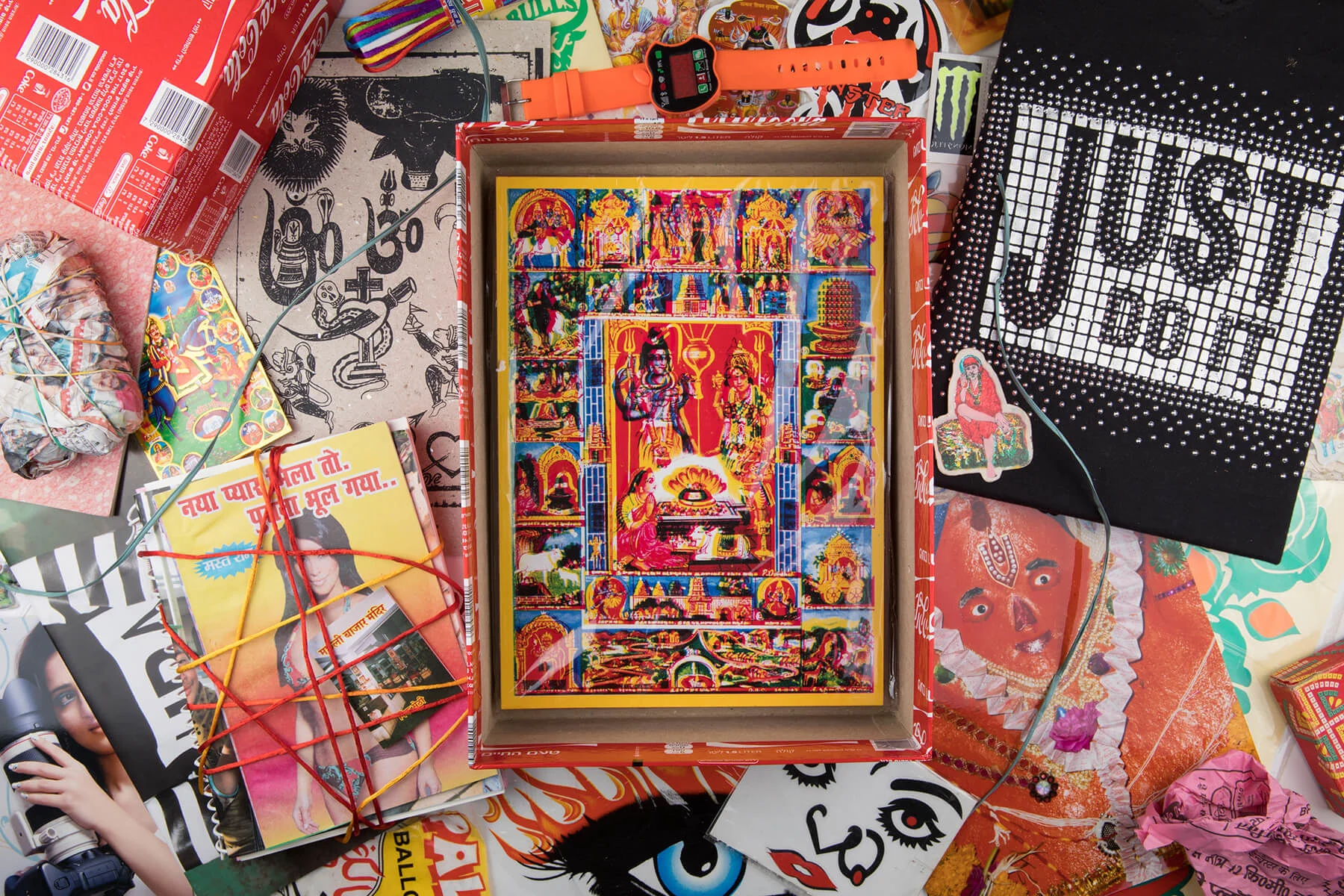
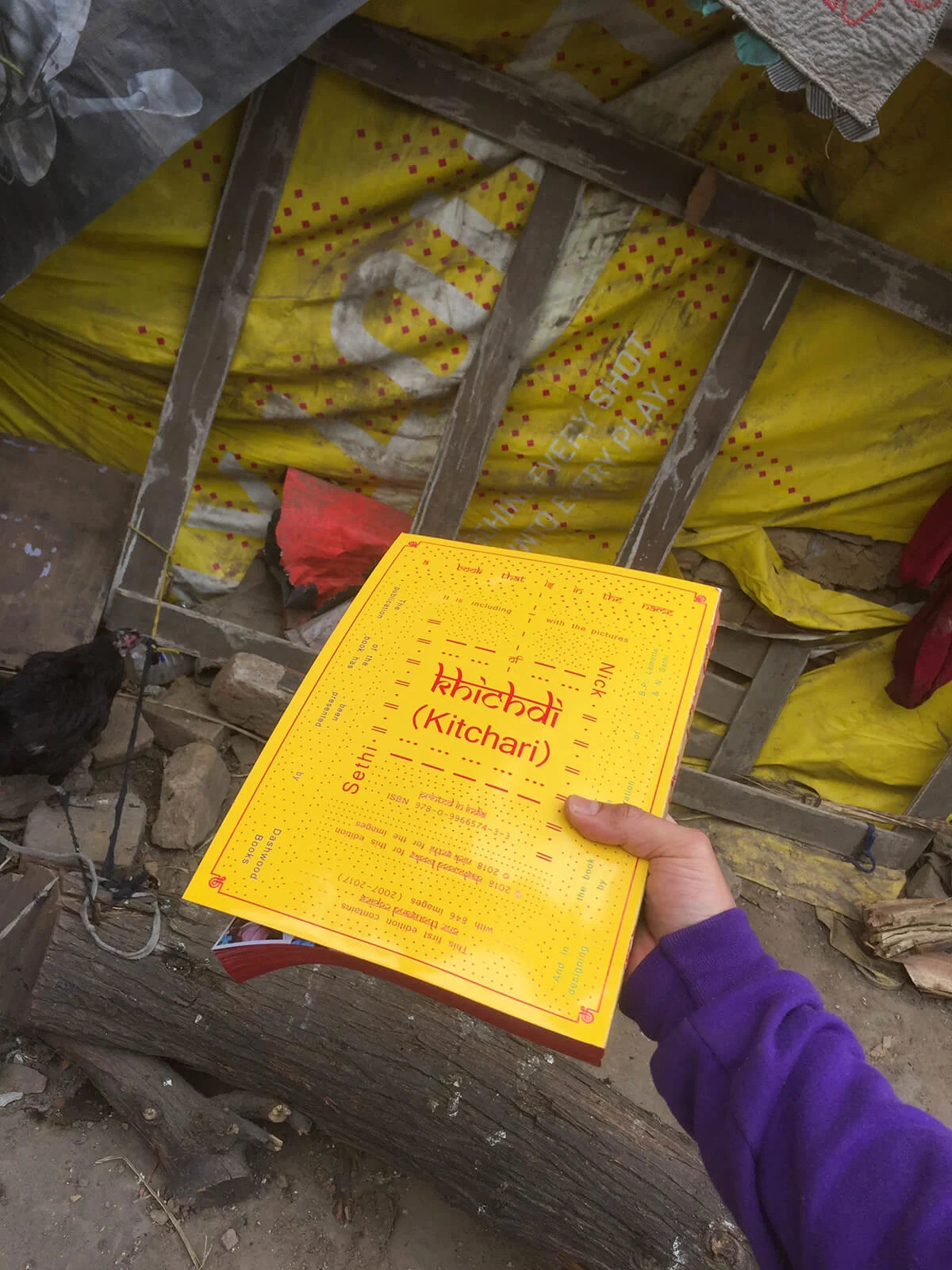



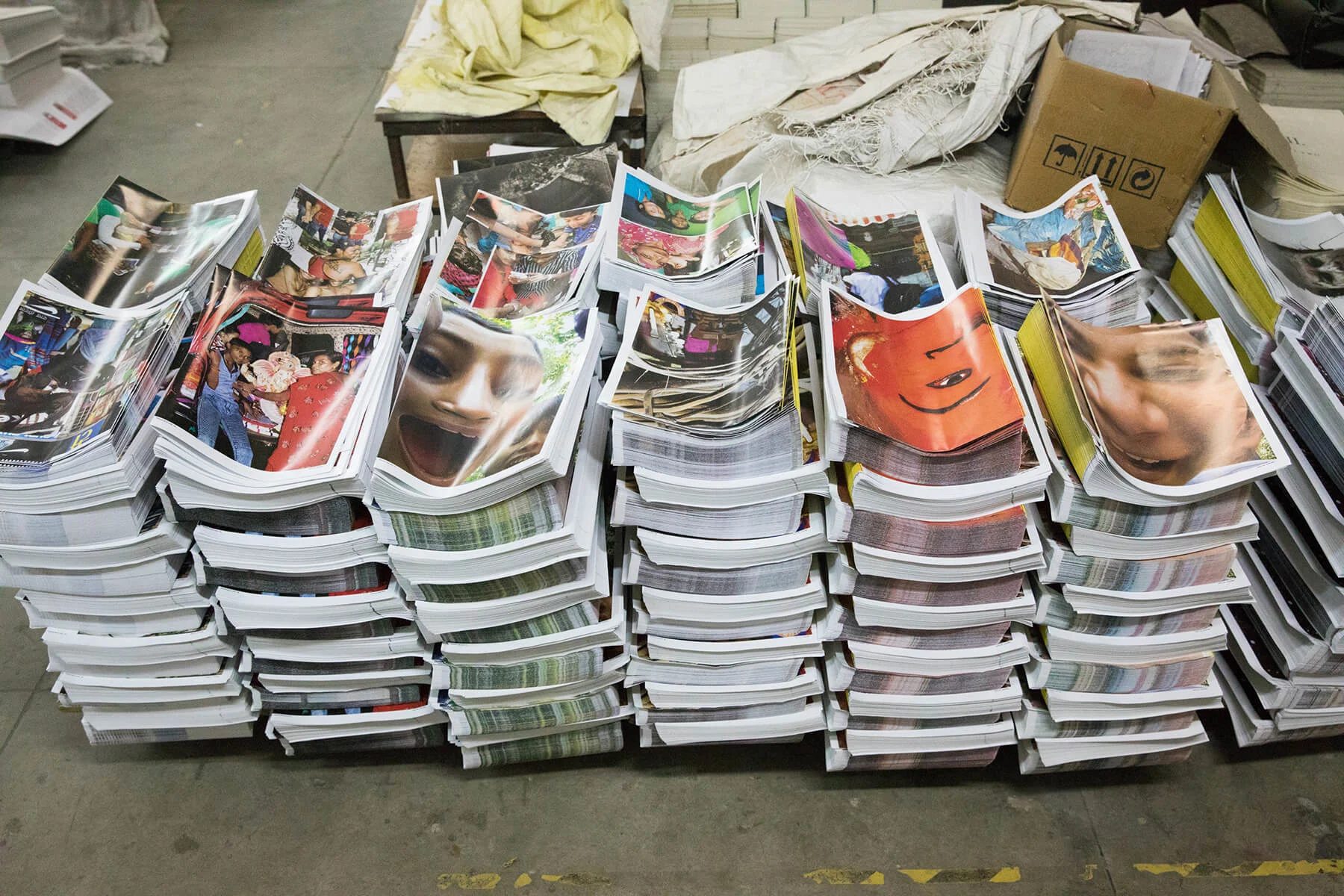
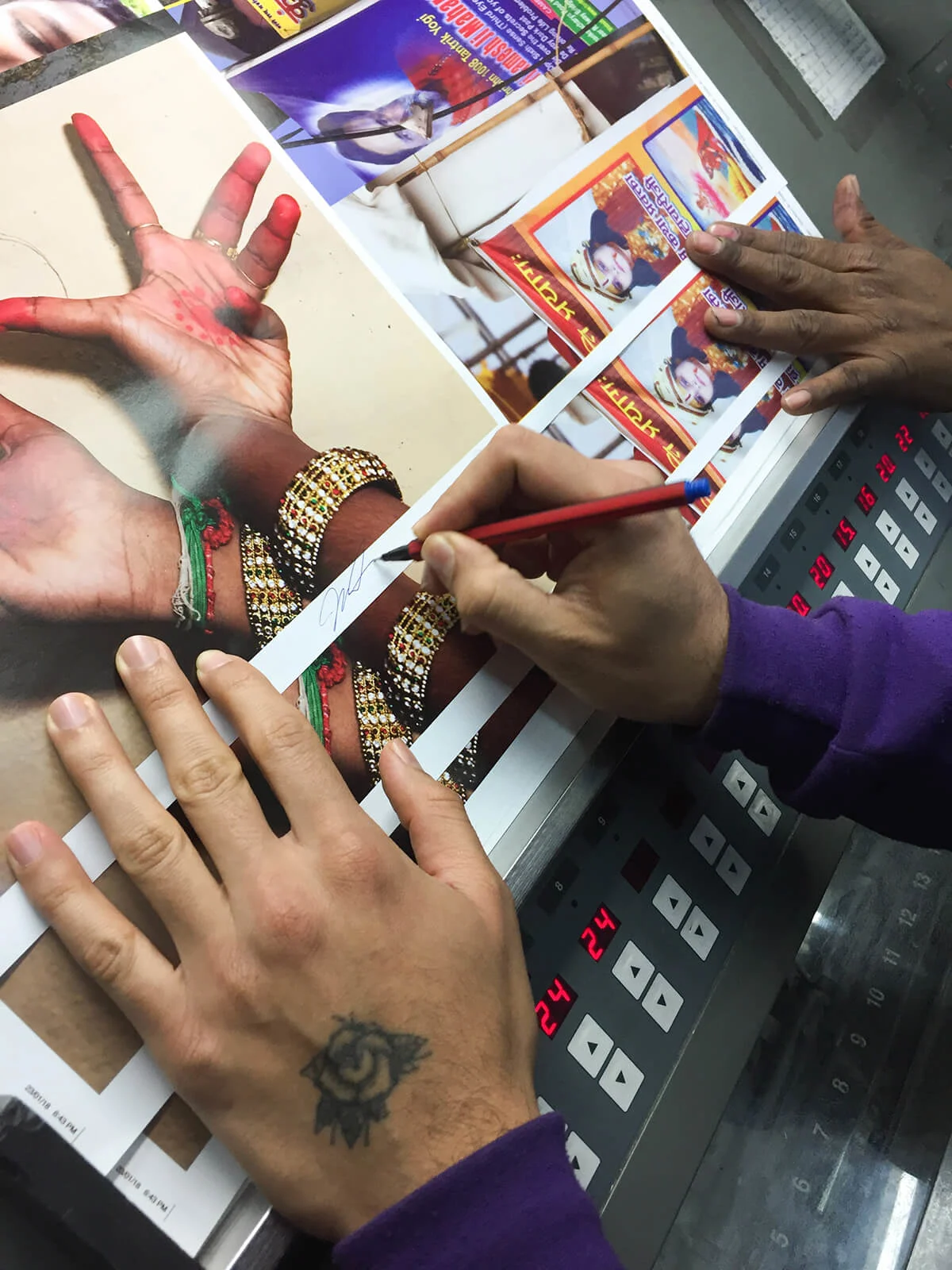
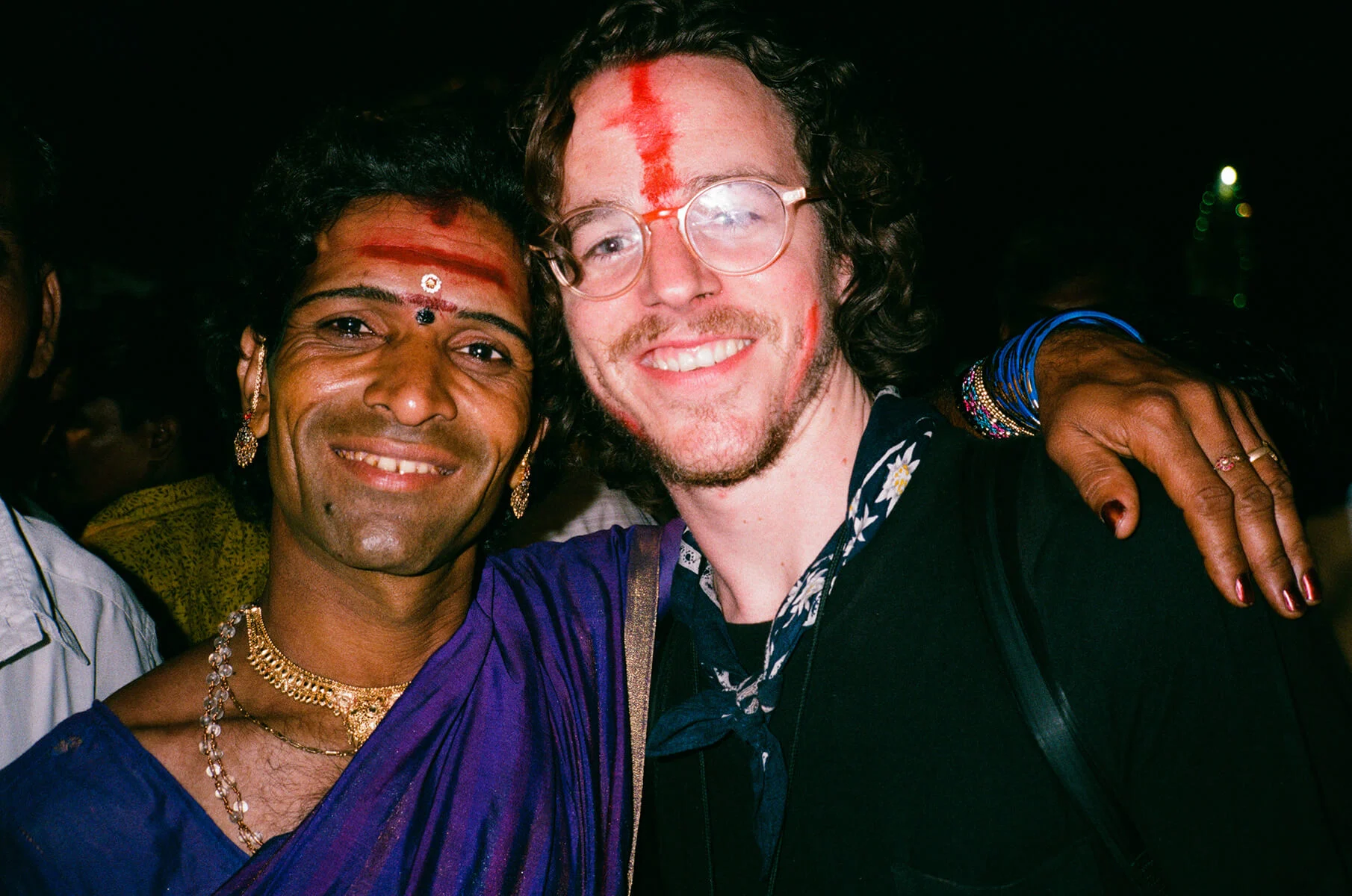
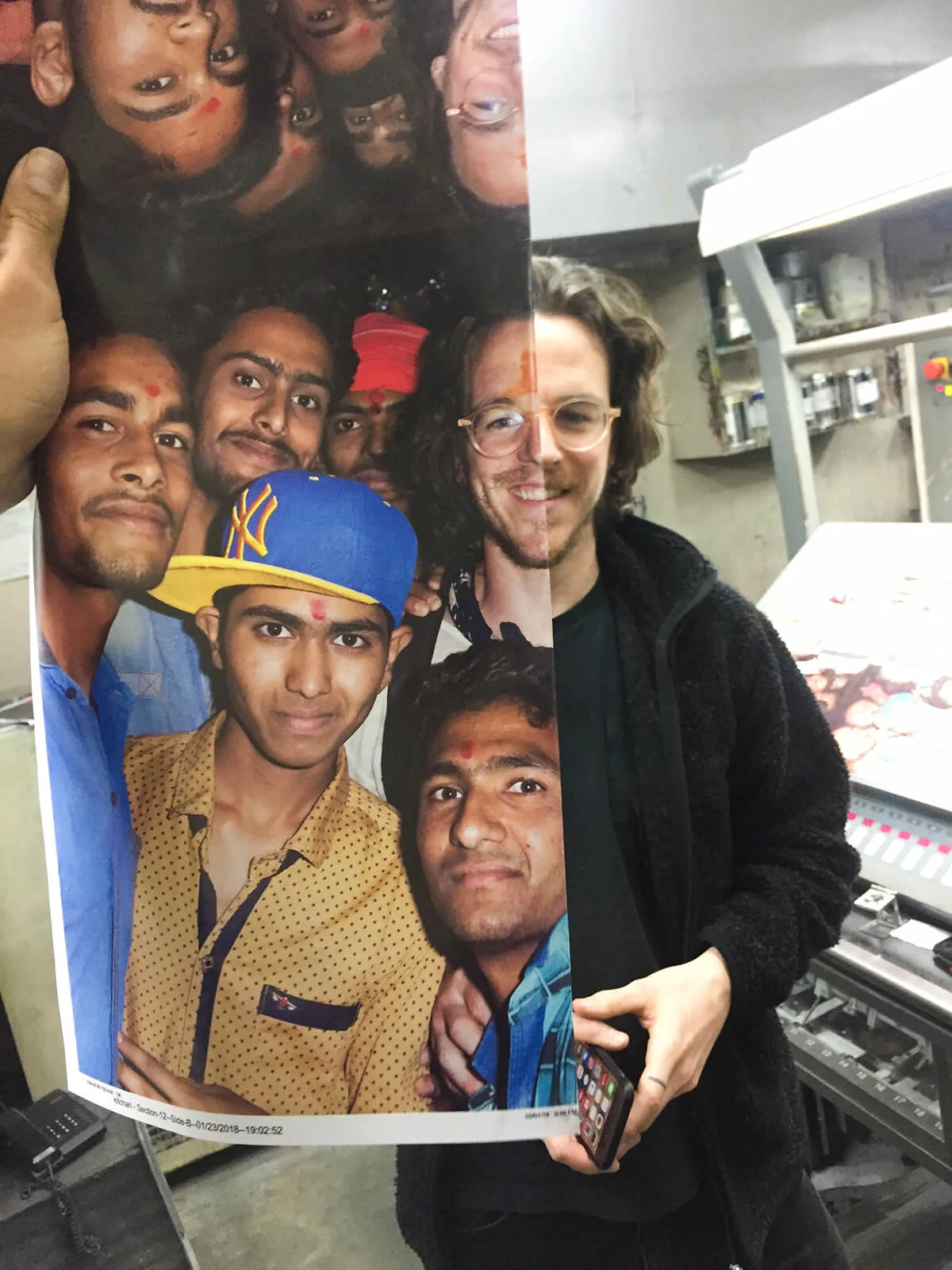



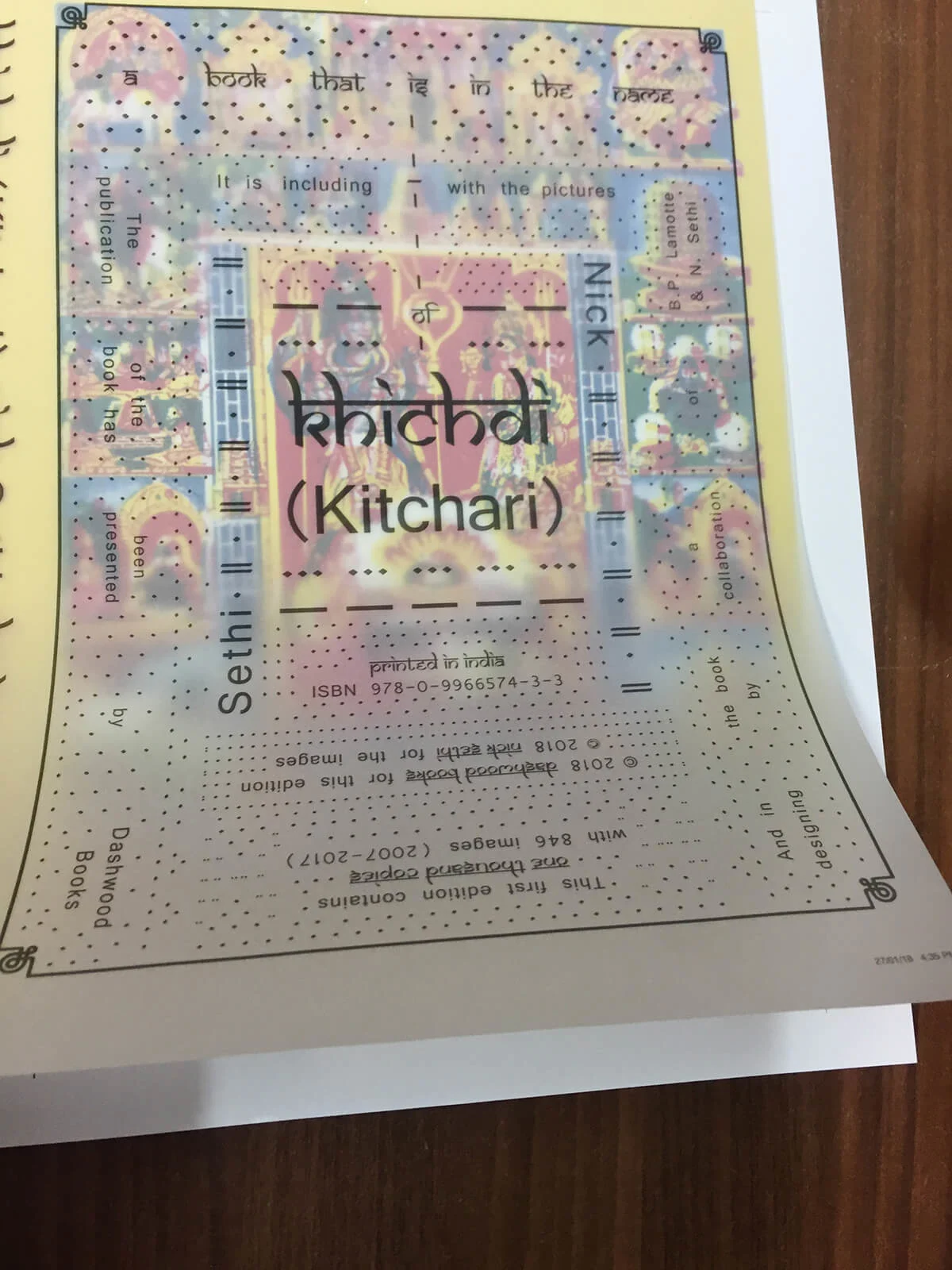

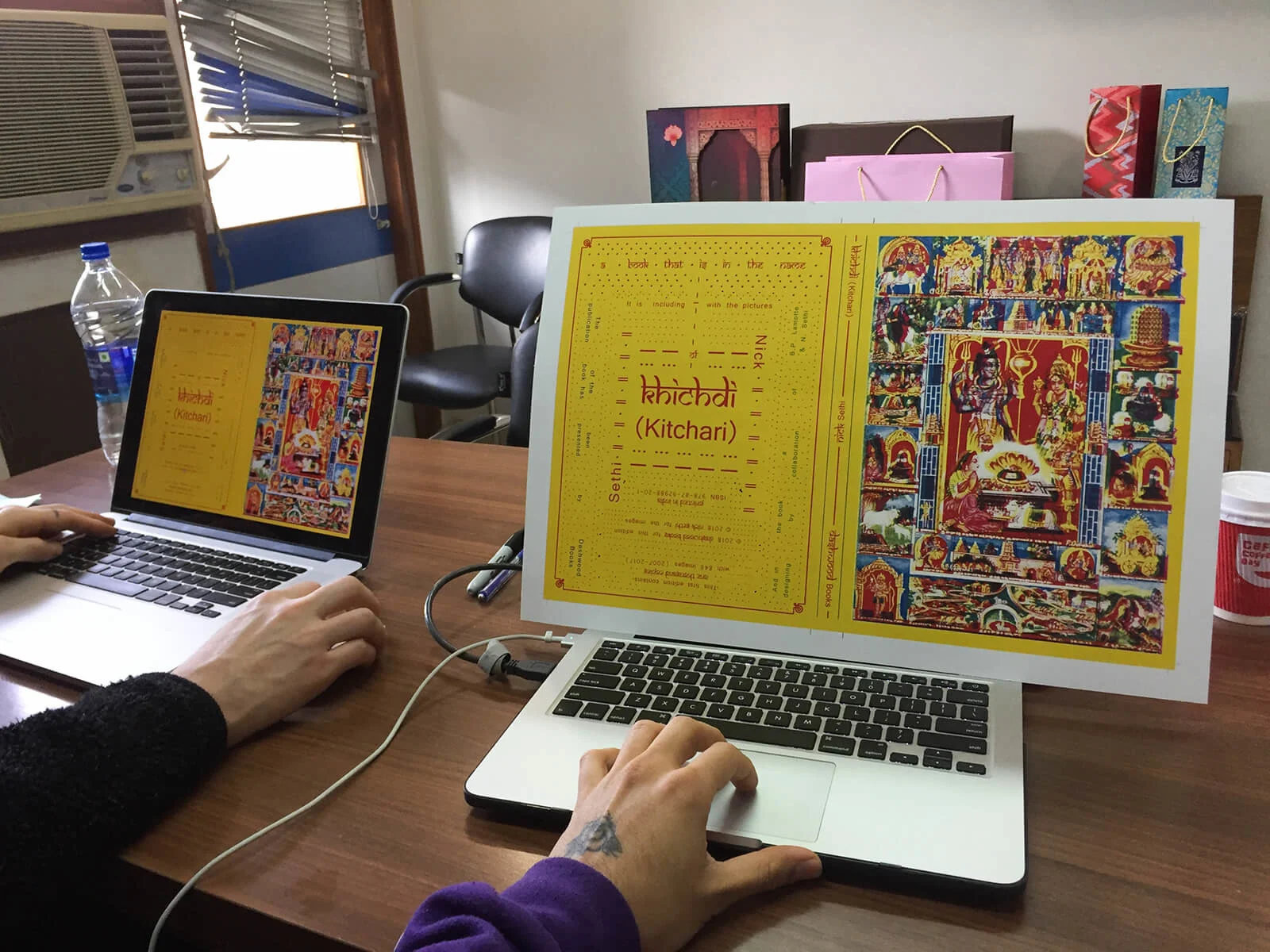


Nick met Bob in 2011. He’d pulled over to photograph an elephant on the side of a highway but his attention was diverted by a 6-year-old street kid excited to jump into the shot. And, if his time in India has taught him anything, it’s to relinquish control and go with the moment. Years later the elephant photos are still sitting unused, but his experience with Bob has helped shape his entire career.
Bob and his family live by an overpass in New Delhi. The nature of their lives means they move around a lot, but Nick seeks them out whenever he’s in town (usually by showing his photos to other families in the area). And although the pair can’t communicate verbally, as Bob speaks a different dialect of Hindi than Nick, they’ve built a relationship through the shared experience of photography. Their friendship continues to inform Nick’s process and like his relationship with India has grown, deepened and taken unexpected turns over time.
When I find a new app or a new technology, I’m immediately like “Oh Bob’s going to love this thing!”
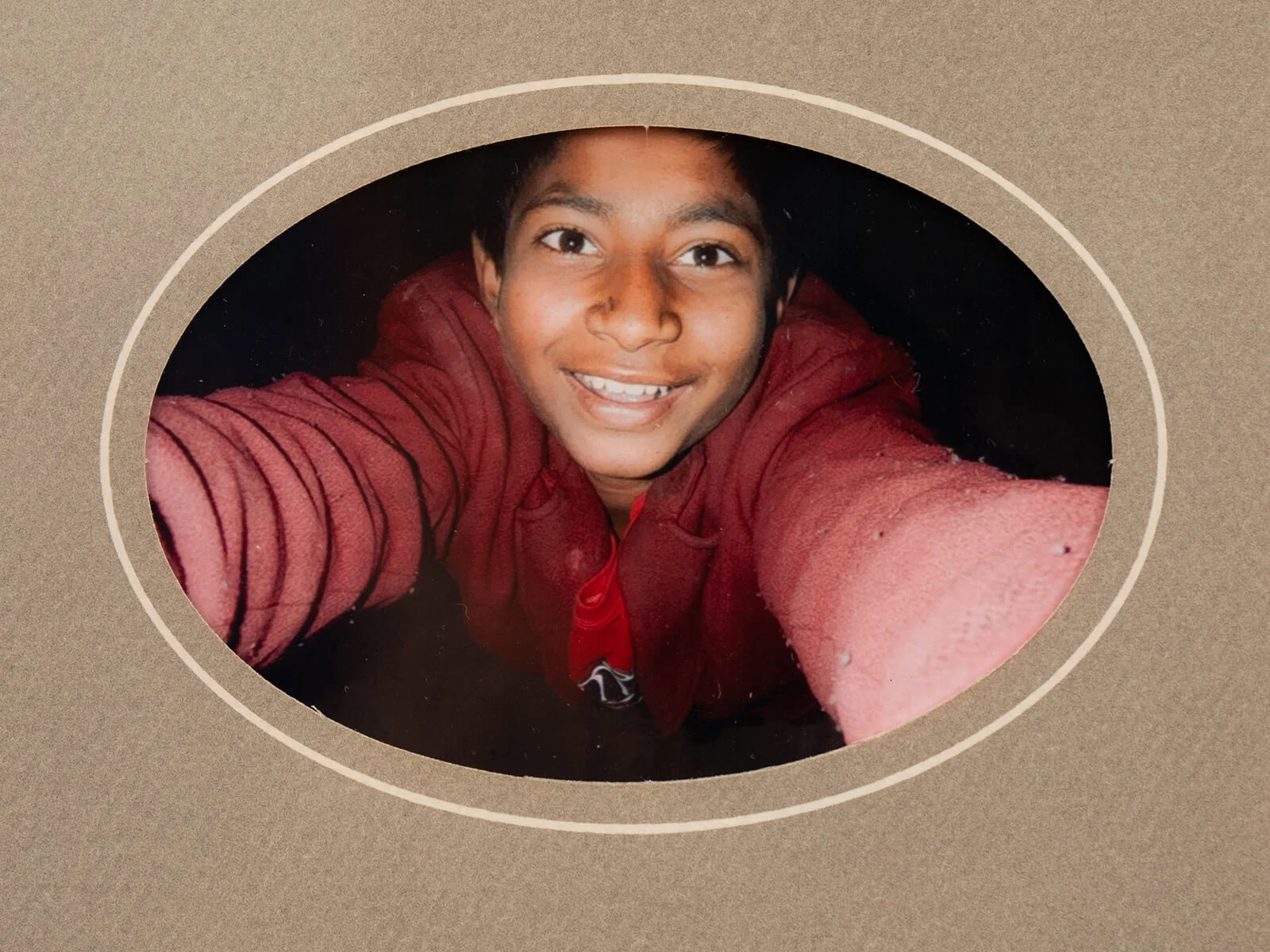


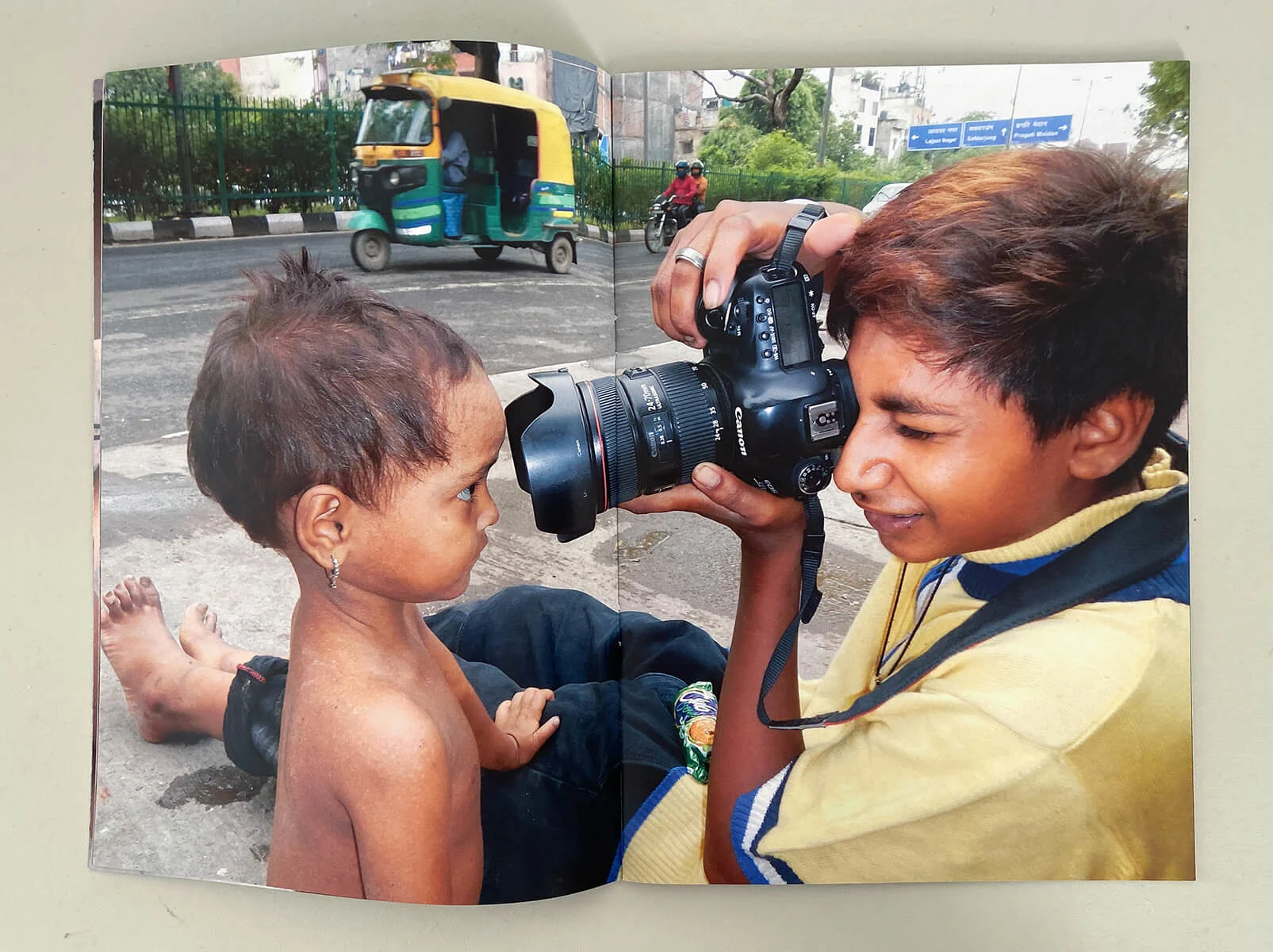

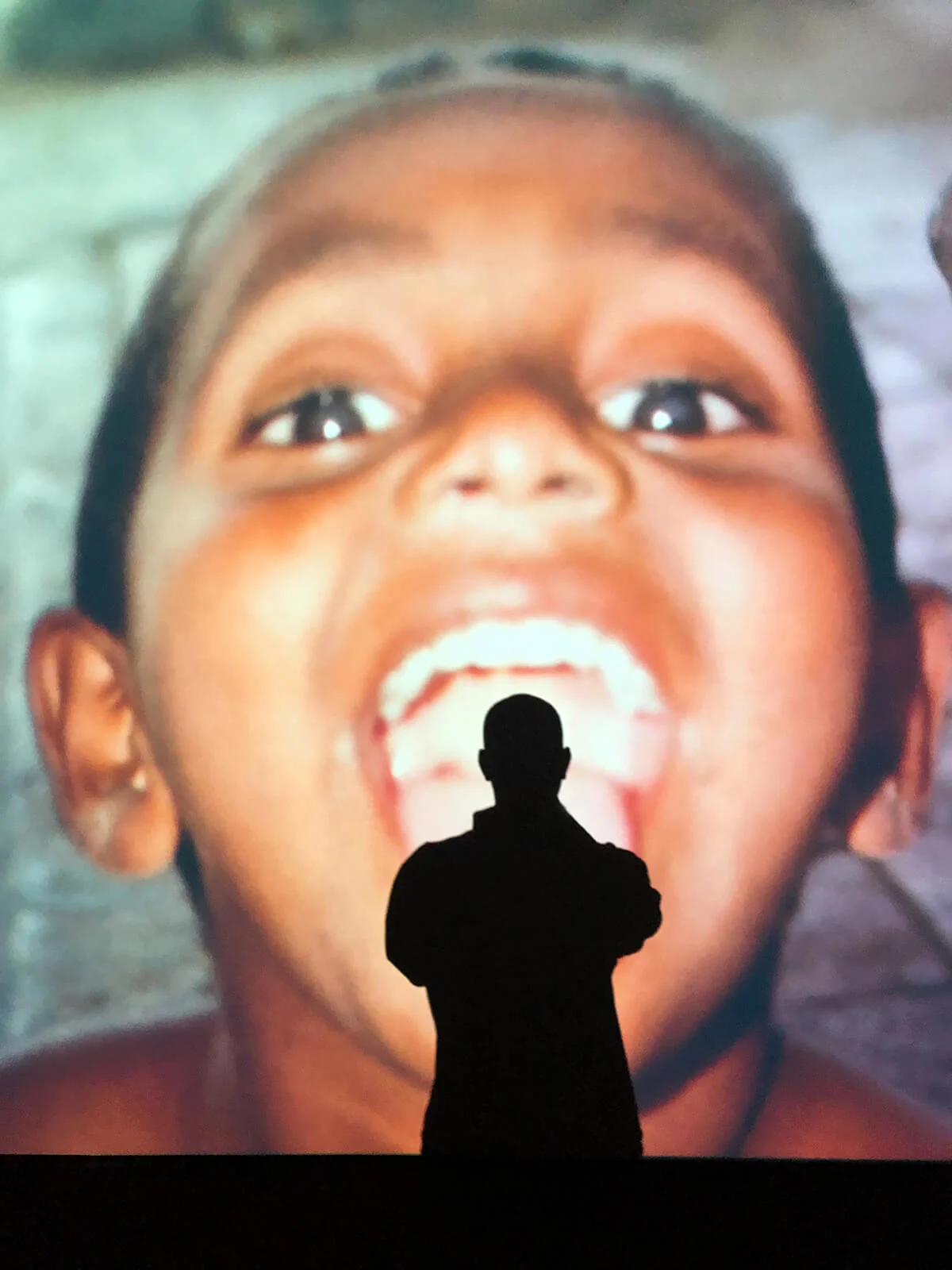



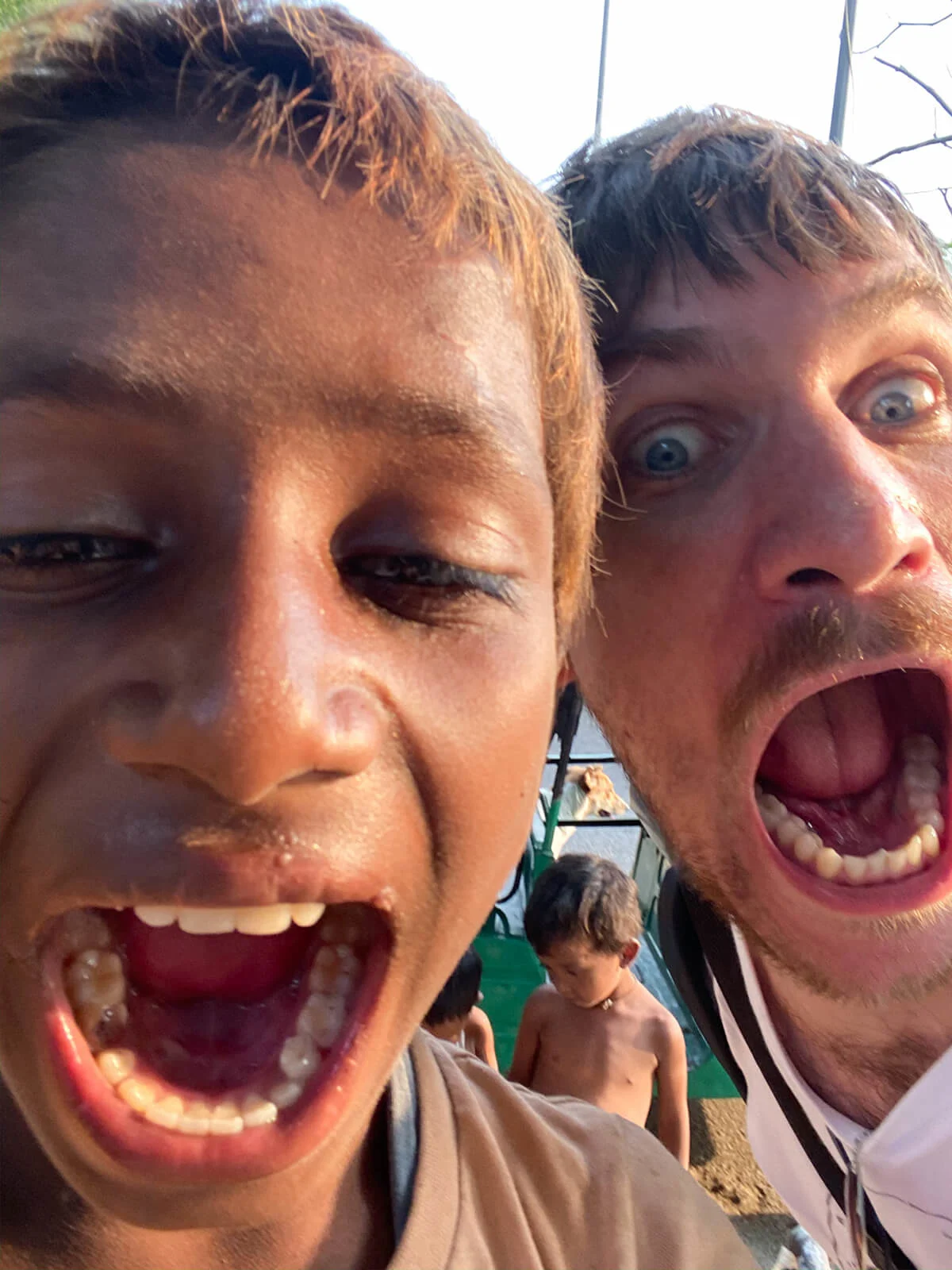
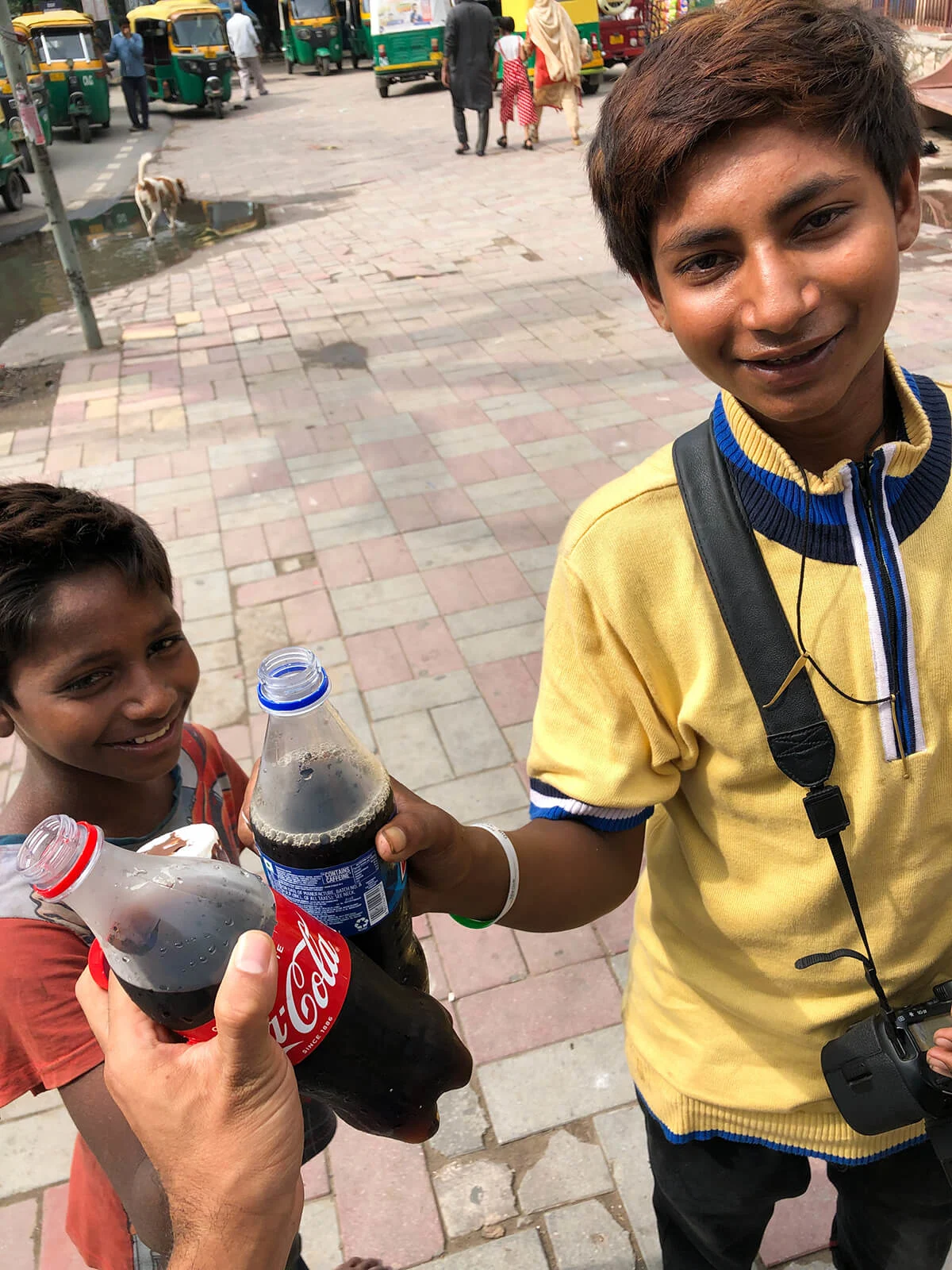

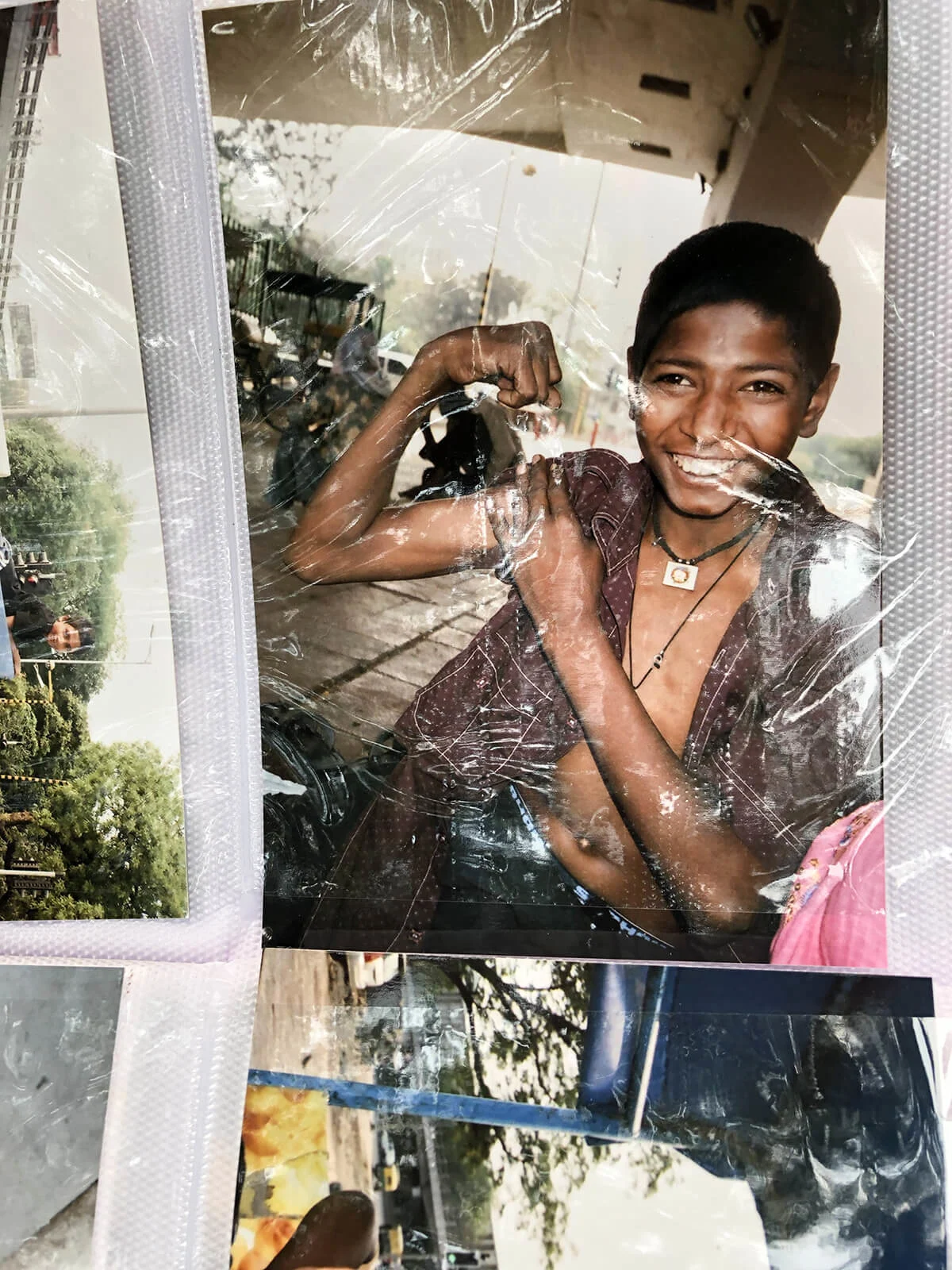
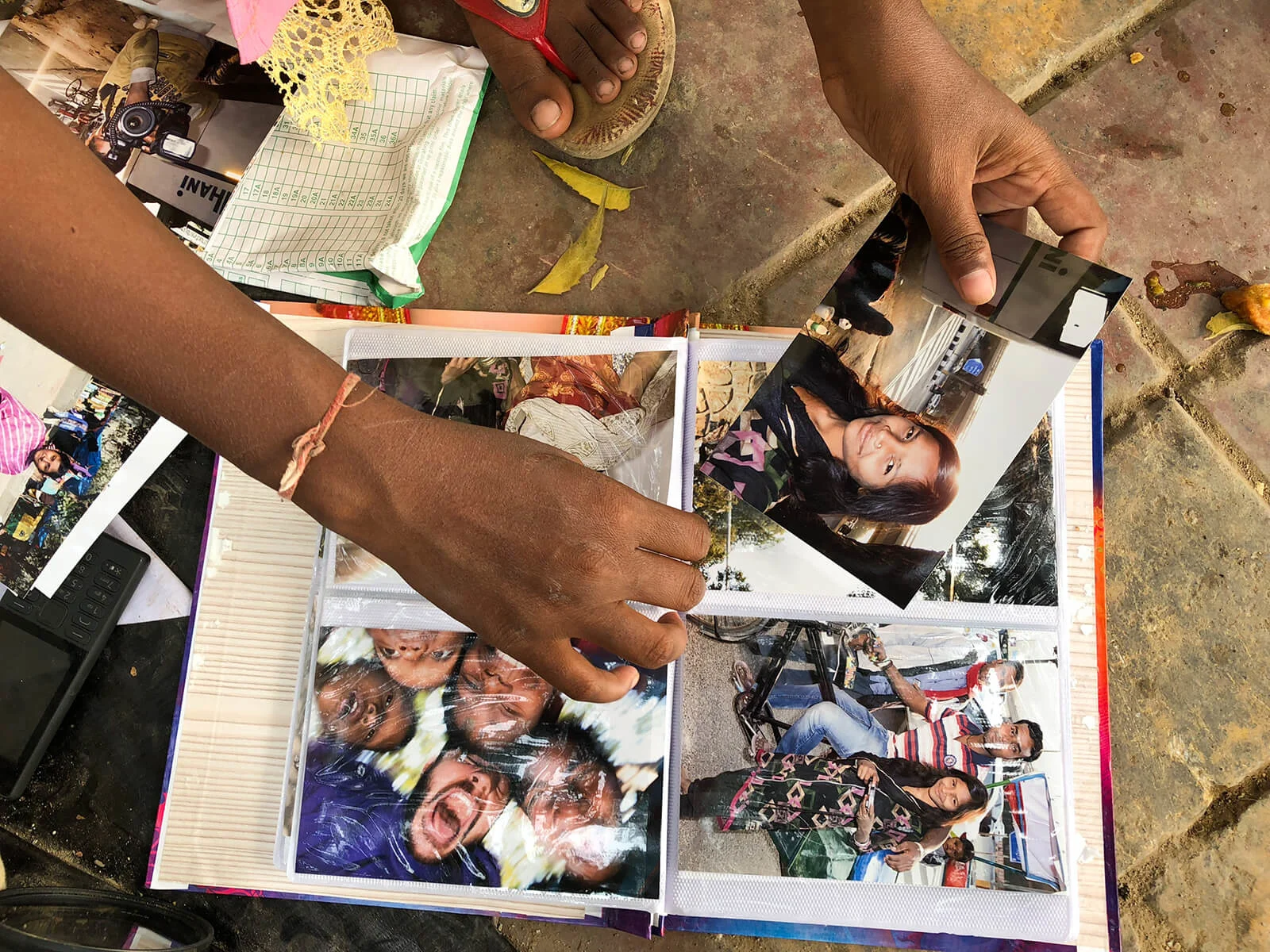

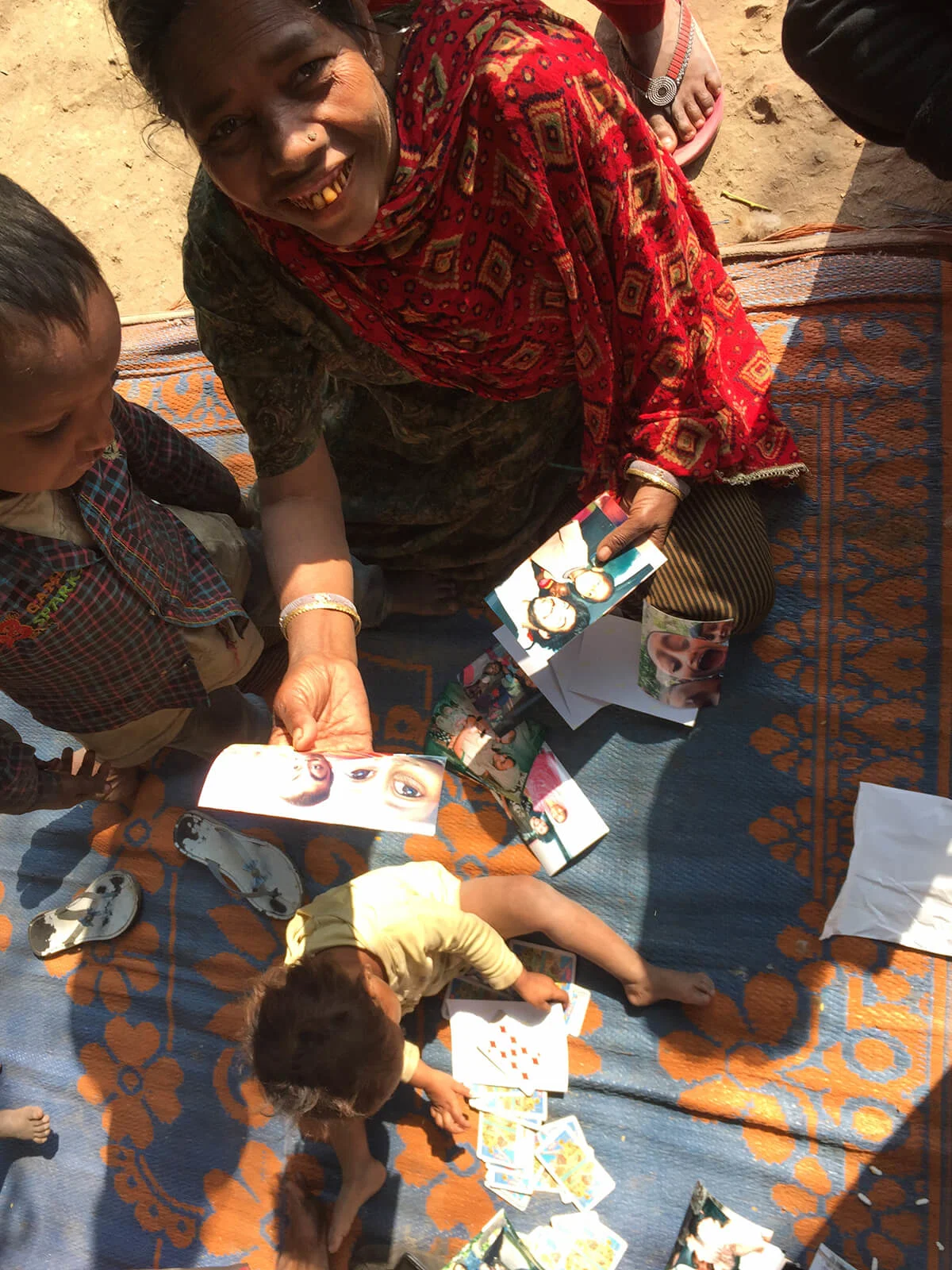

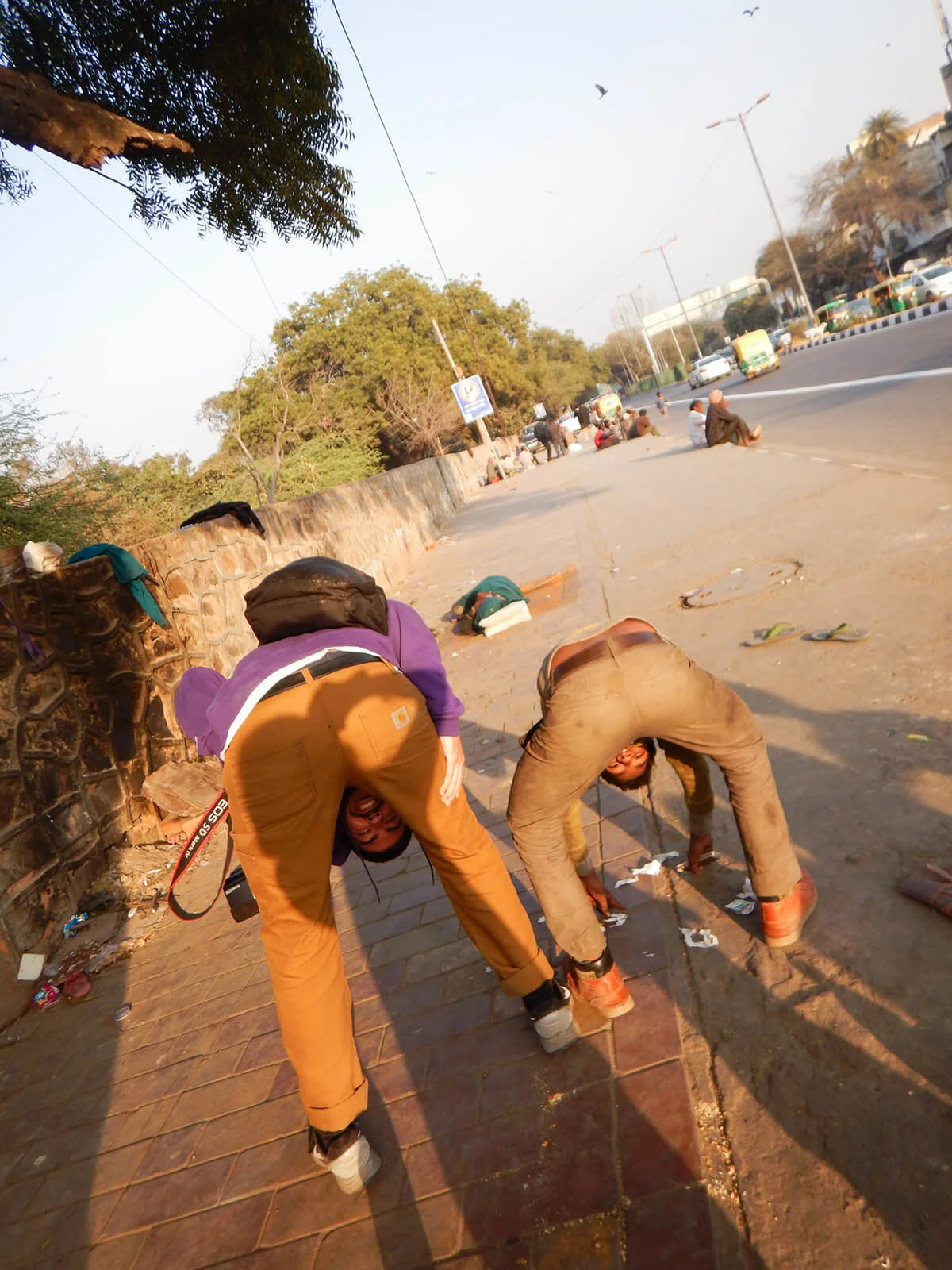
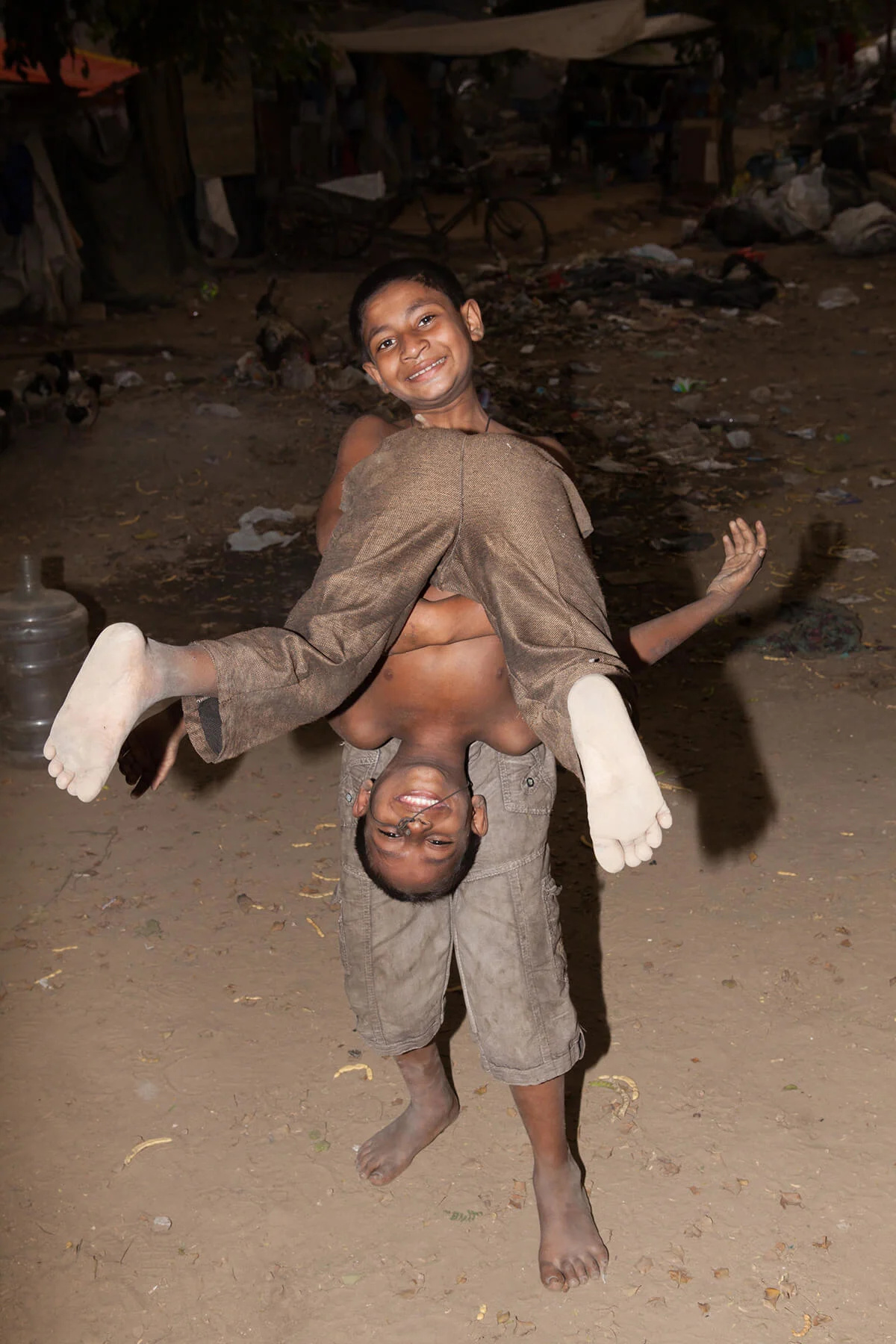




While shooting in India, Nick learned to be receptive and to let the chaos guide him. “In a place like India it’s so important to not have a finite goal,” he says. Crowds can sweep you up and carry you away from the place you’re trying to go, “but then you meet a person in that weird detour that changes the course of your work for the rest of your life.”
It’s this receptiveness, and his ongoing practice of it, that Nick equates to spirituality. It’s a sense of mindfulness, getting caught up in the moment and noticing the details. And having a camera in his hand acts as a consistent reminder to, as he says, “just pay attention.”
It’s about being aware of what’s around you, and just practicing – there’s no goal. It’s literally just paying attention.




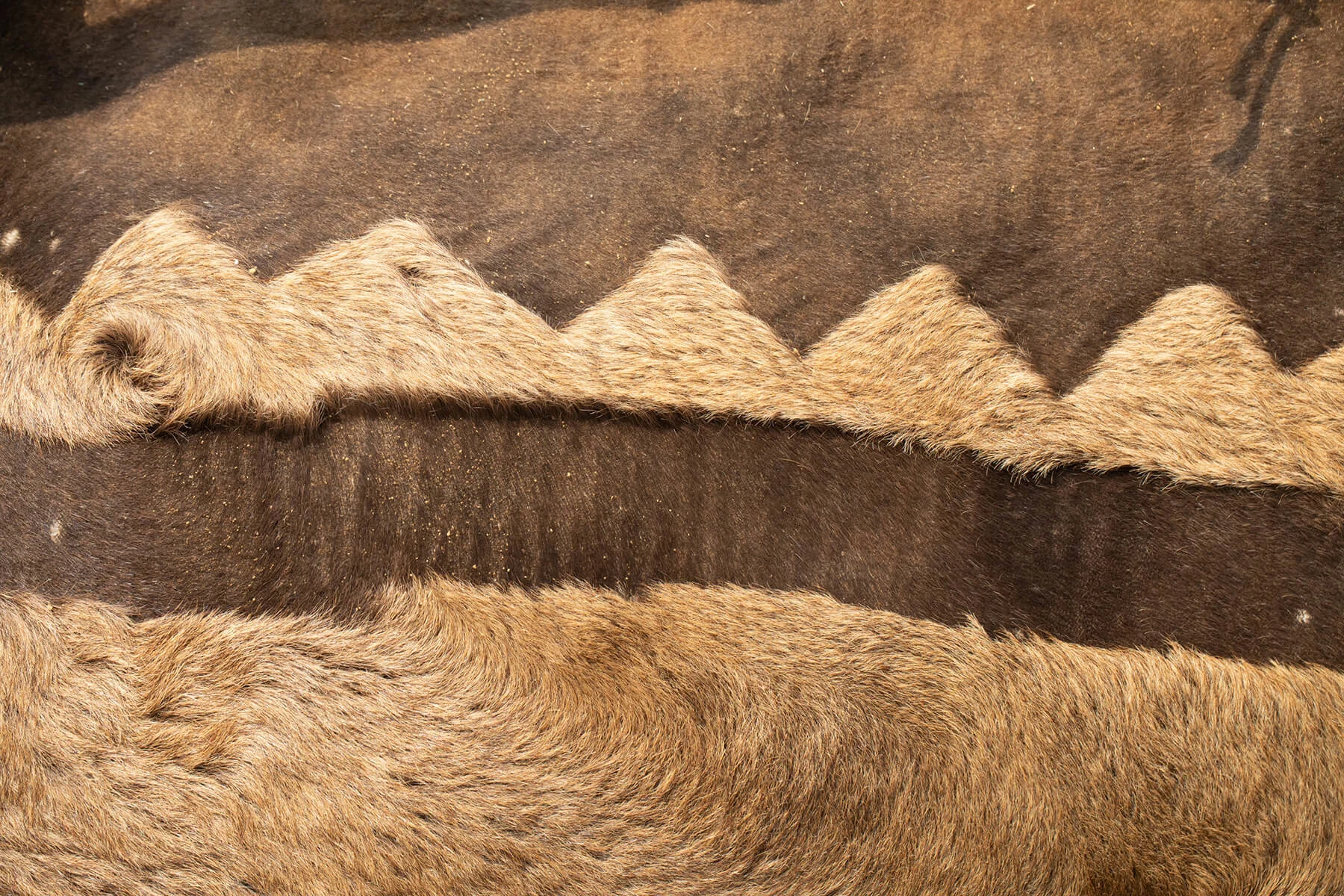

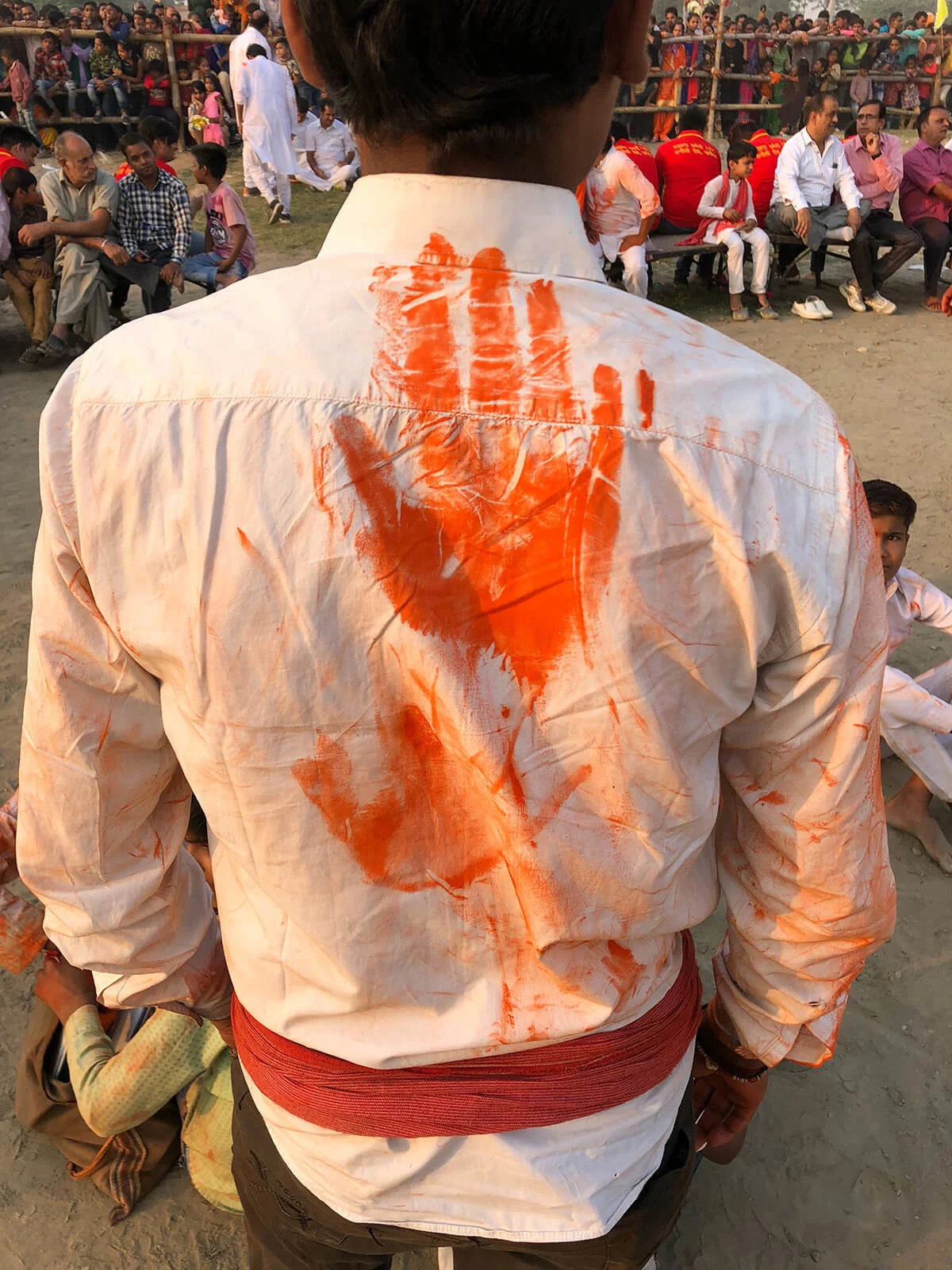




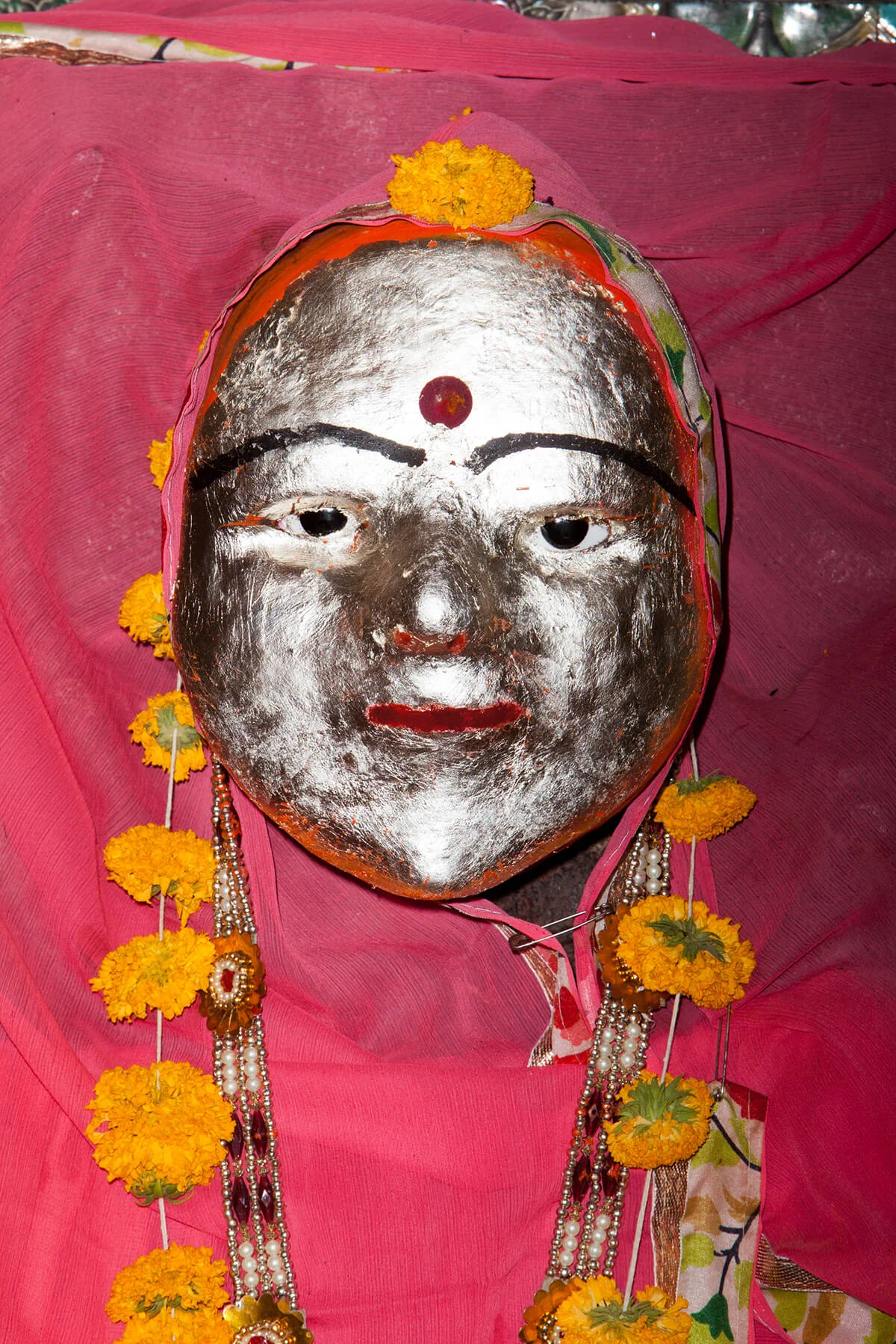
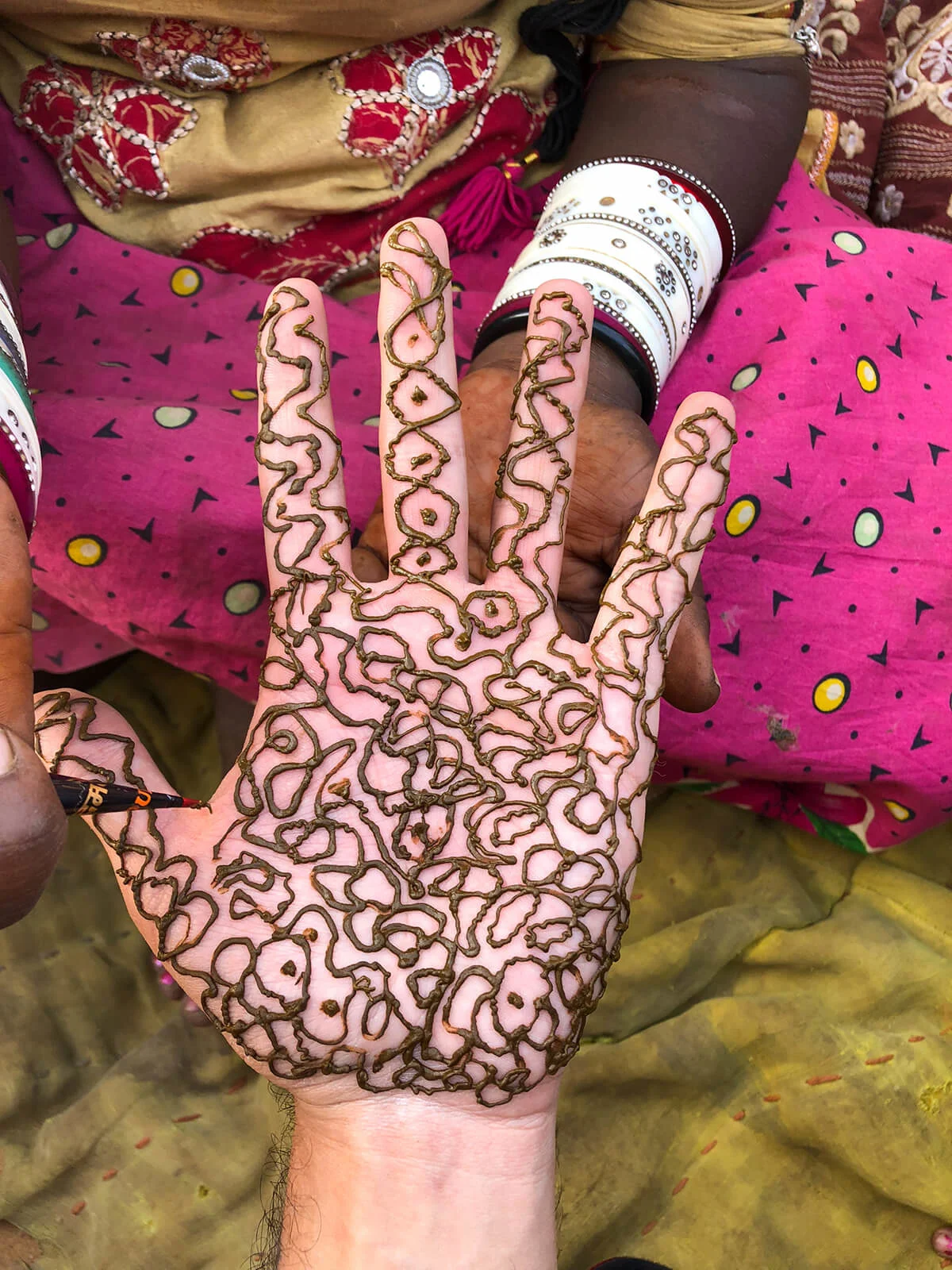



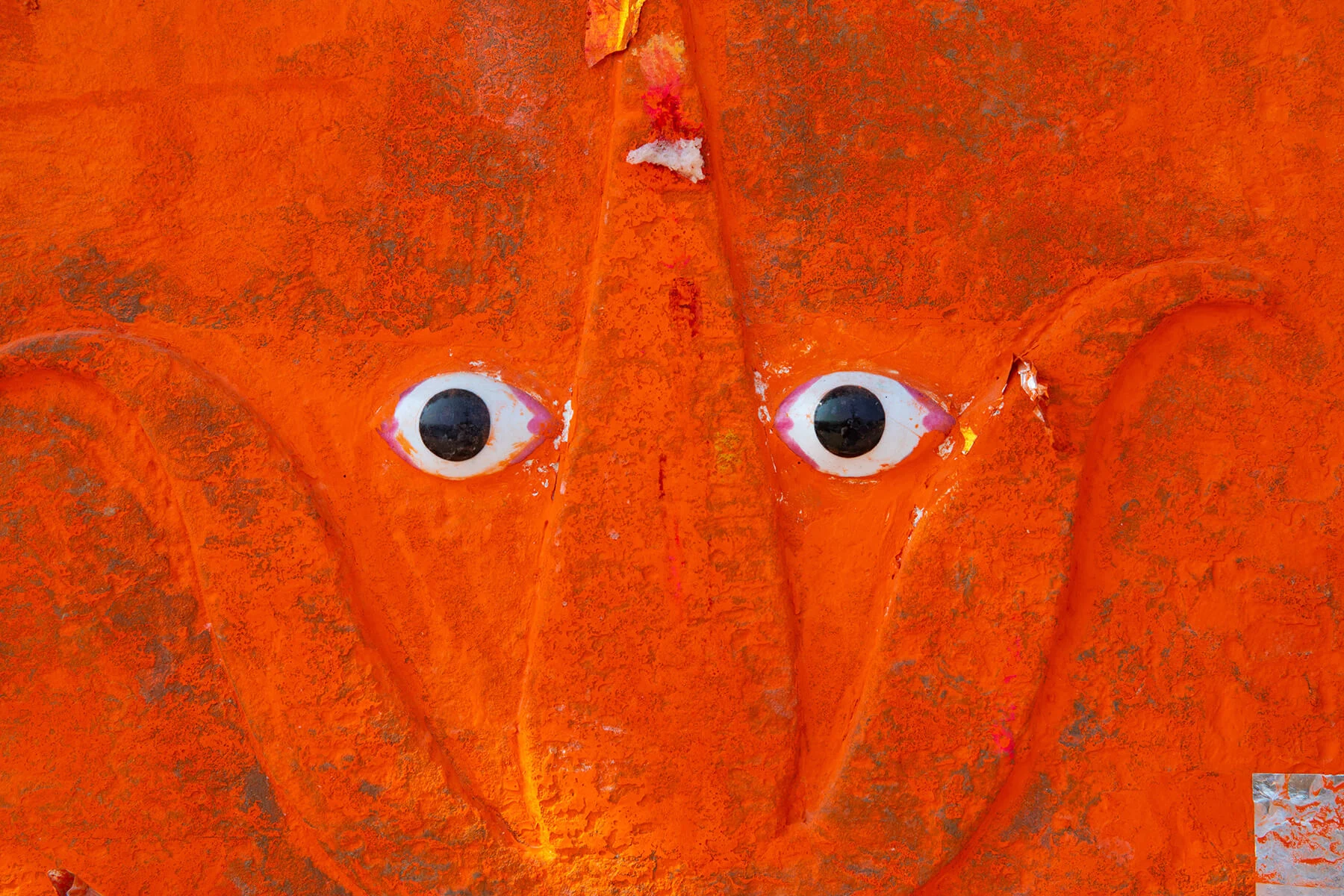
Form and physicality are complex concepts in India. Some of the most treasured entities have no form at all, while seemingly simple objects can have value far beyond their function. In a culture of repurposing and reincarnation, an object can have many uses and mean different things to different people.
Realizing a photo can’t always capture the true value of something, Nick began collecting and creating objects to accompany his work. His vast collection is gathered in four different storage units across the world and is used as supporting material in his installations.
India is filled with multiple representations of the same thing. There’s so much emphasis on reincarnation and formlessness and gods being represented in different ways.
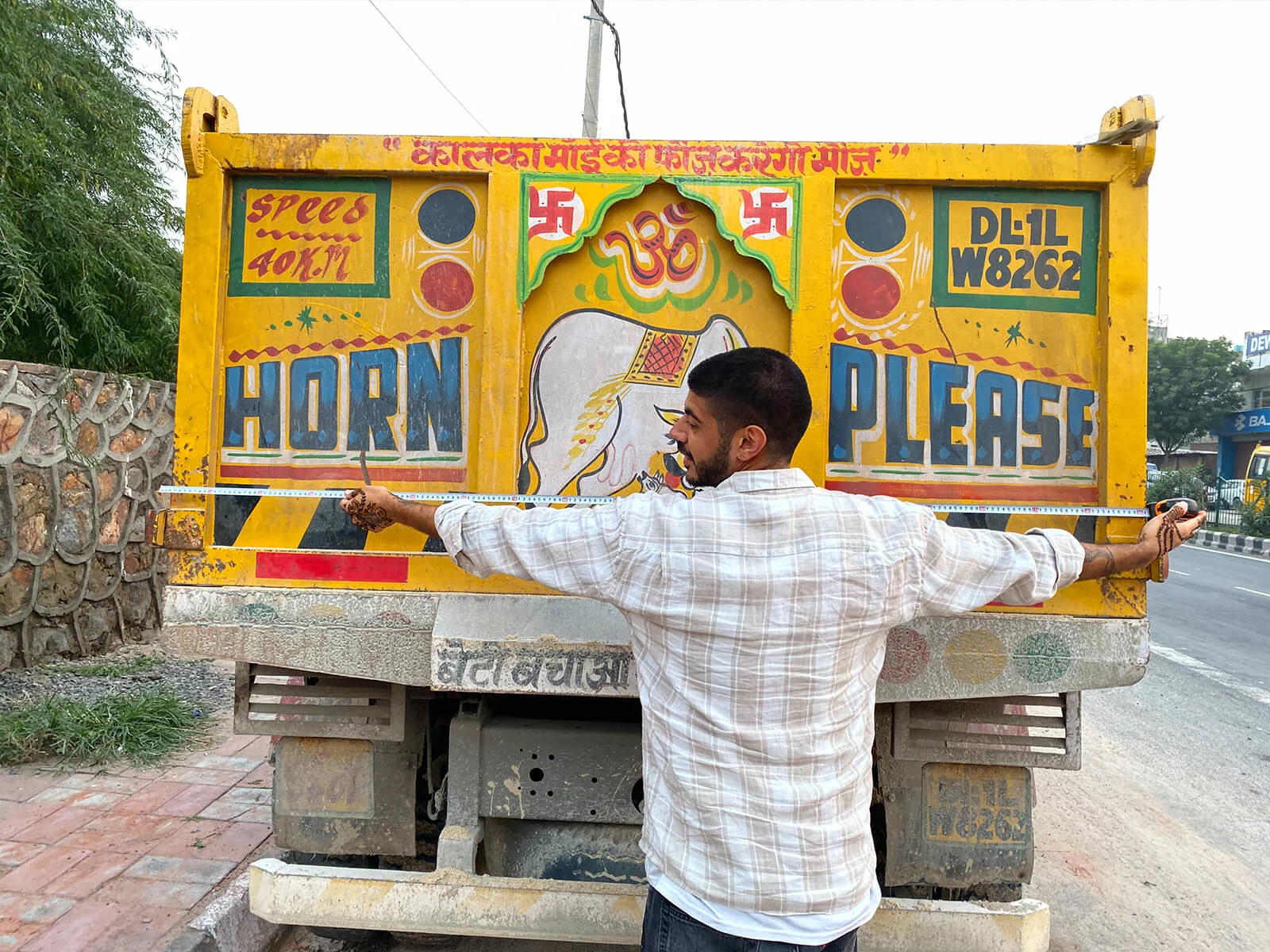

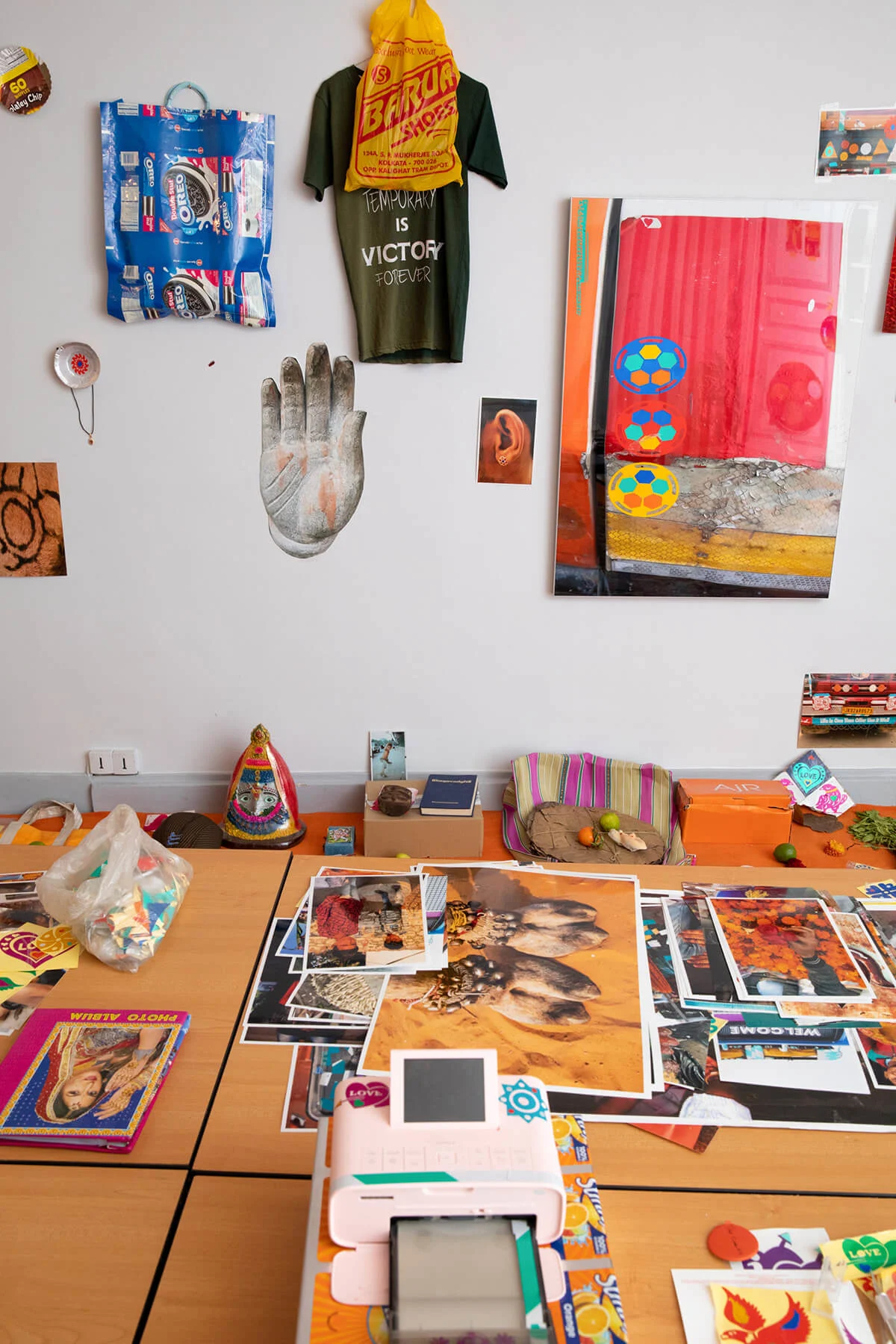
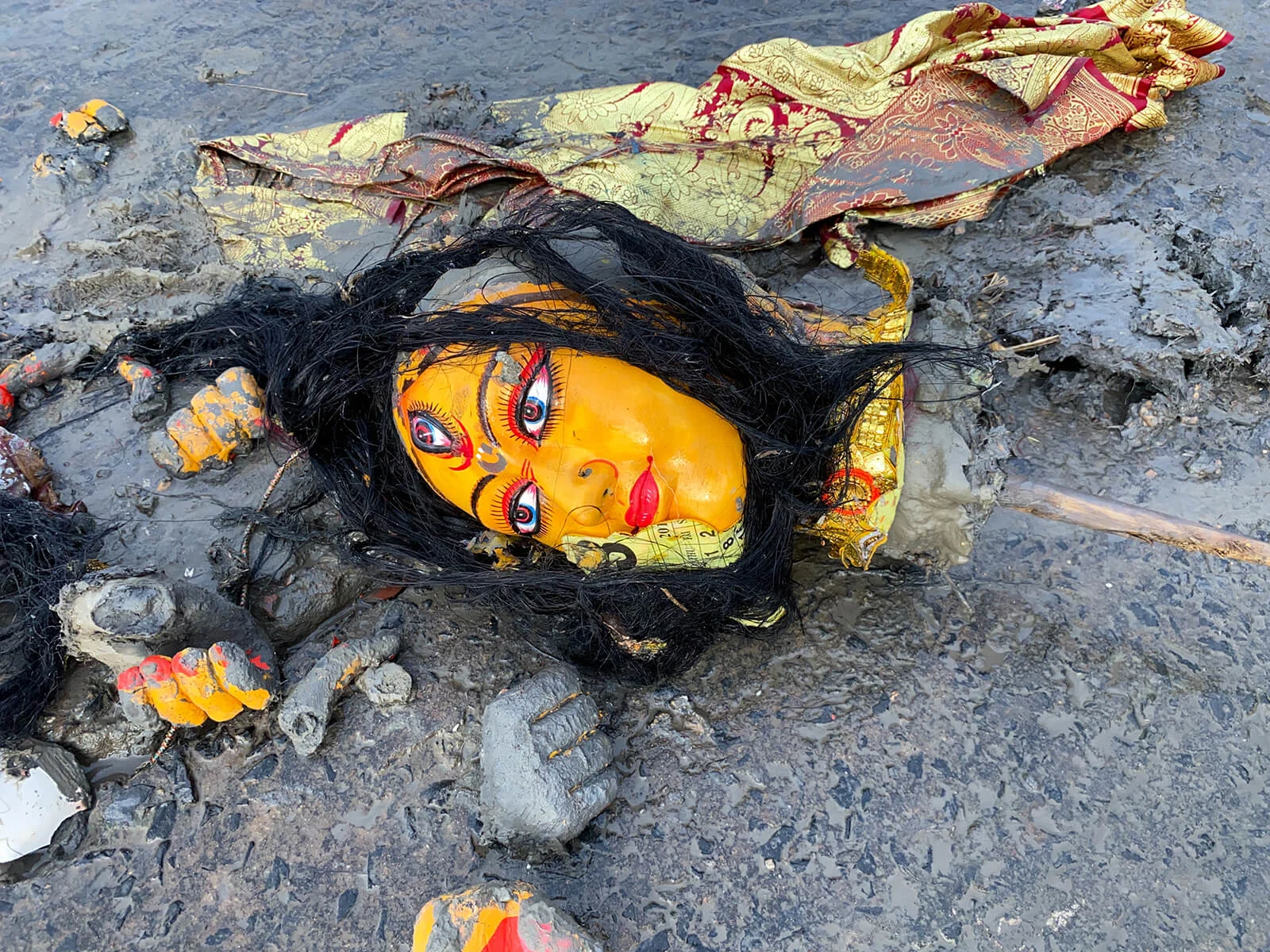

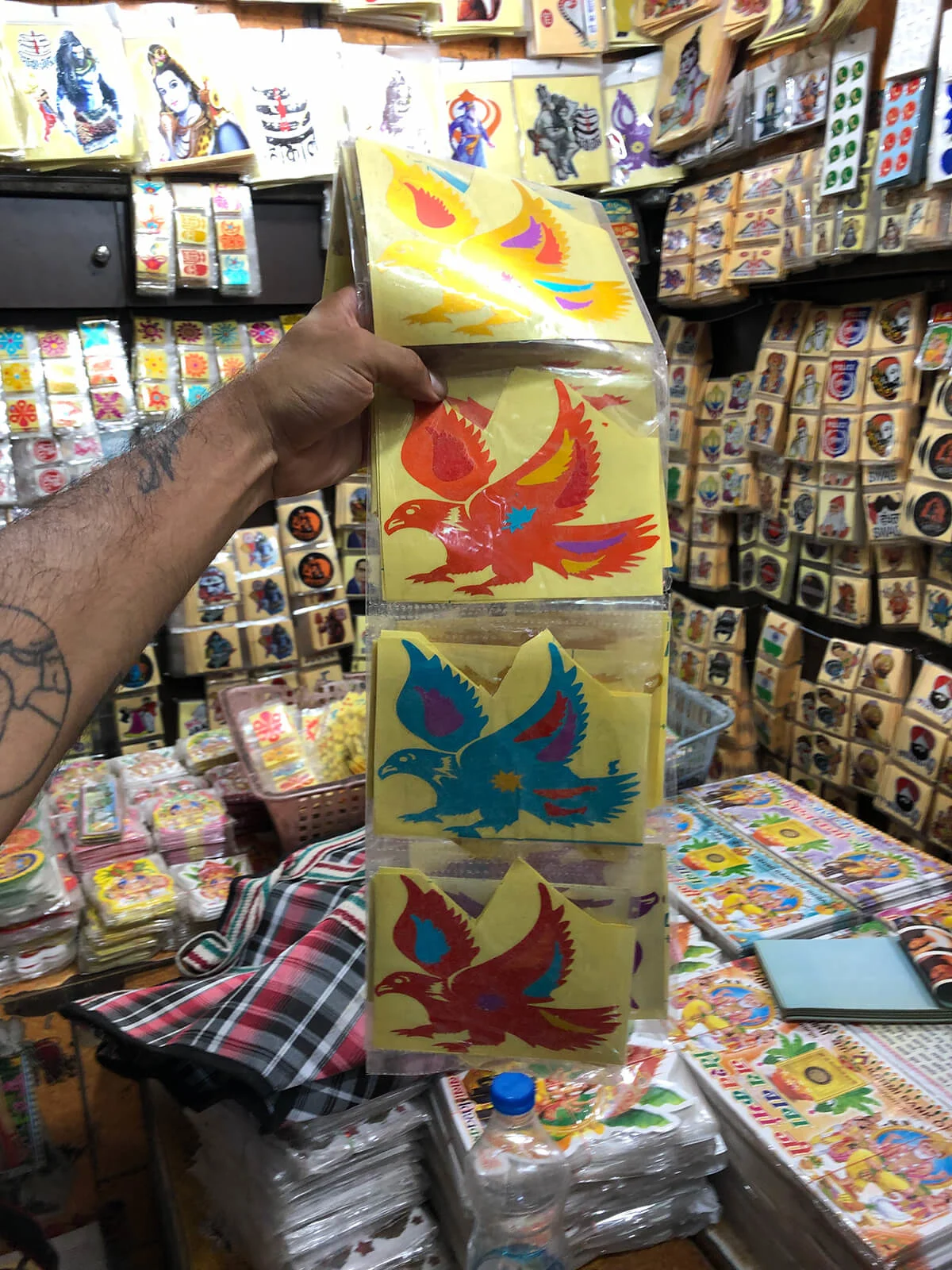
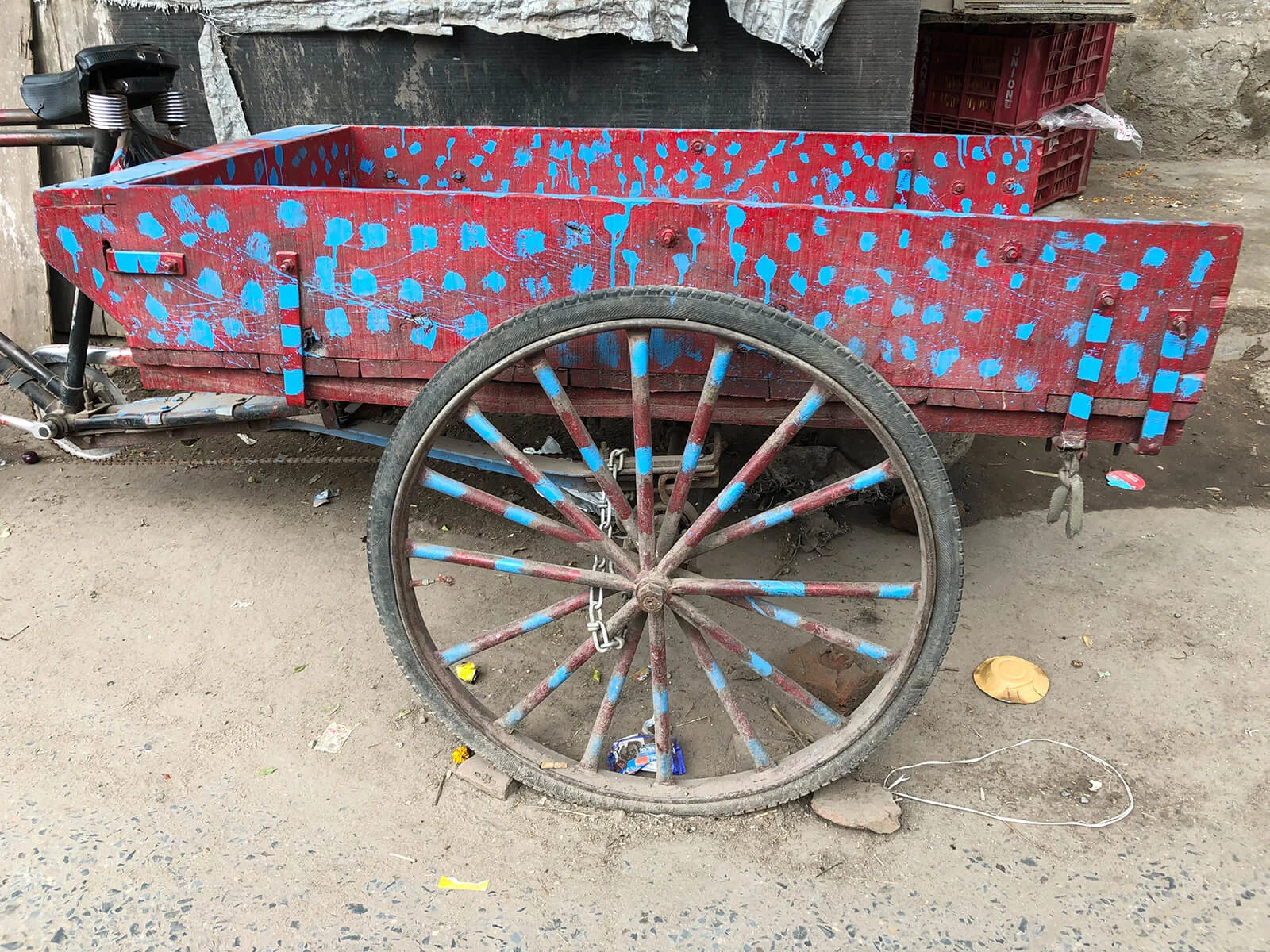
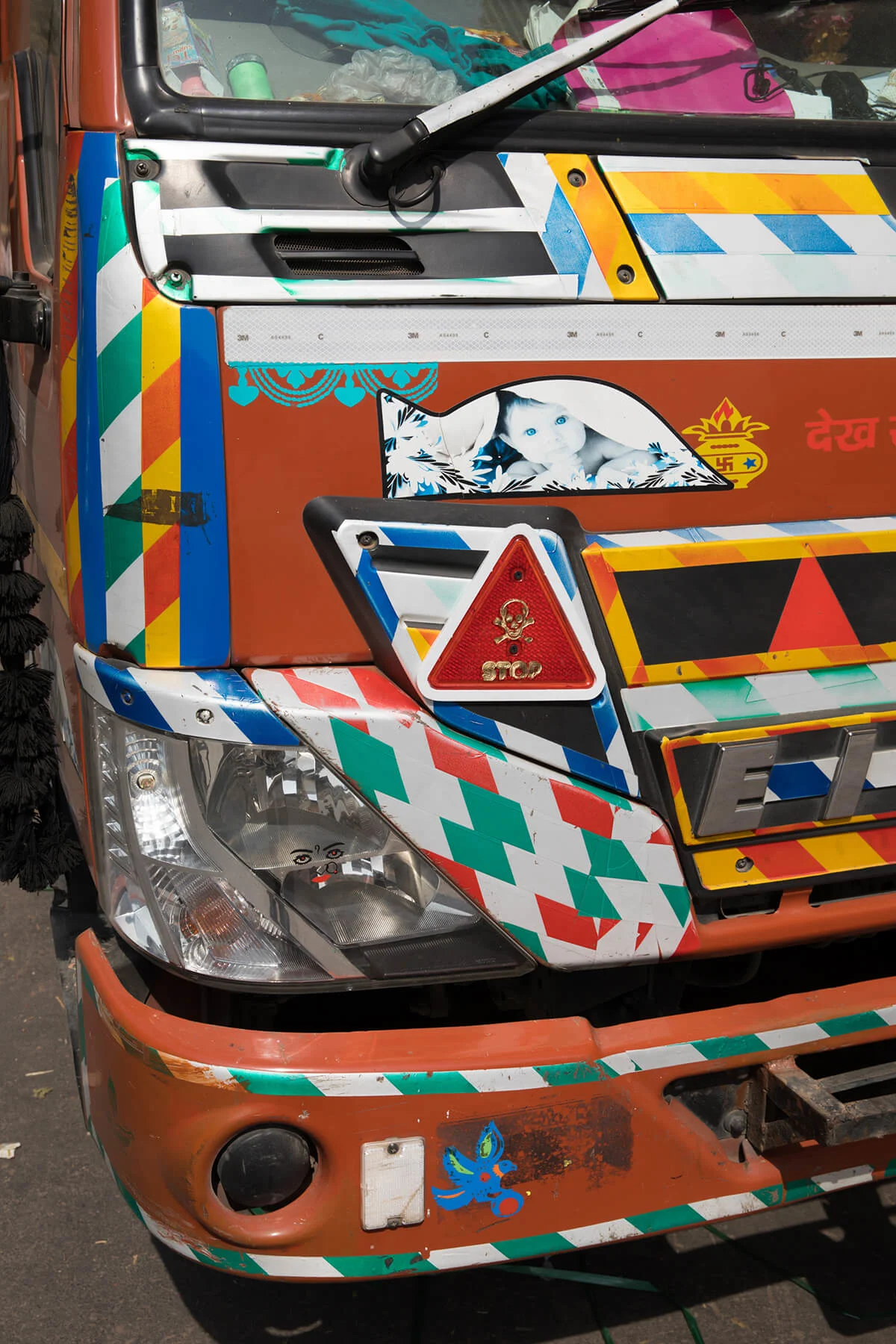

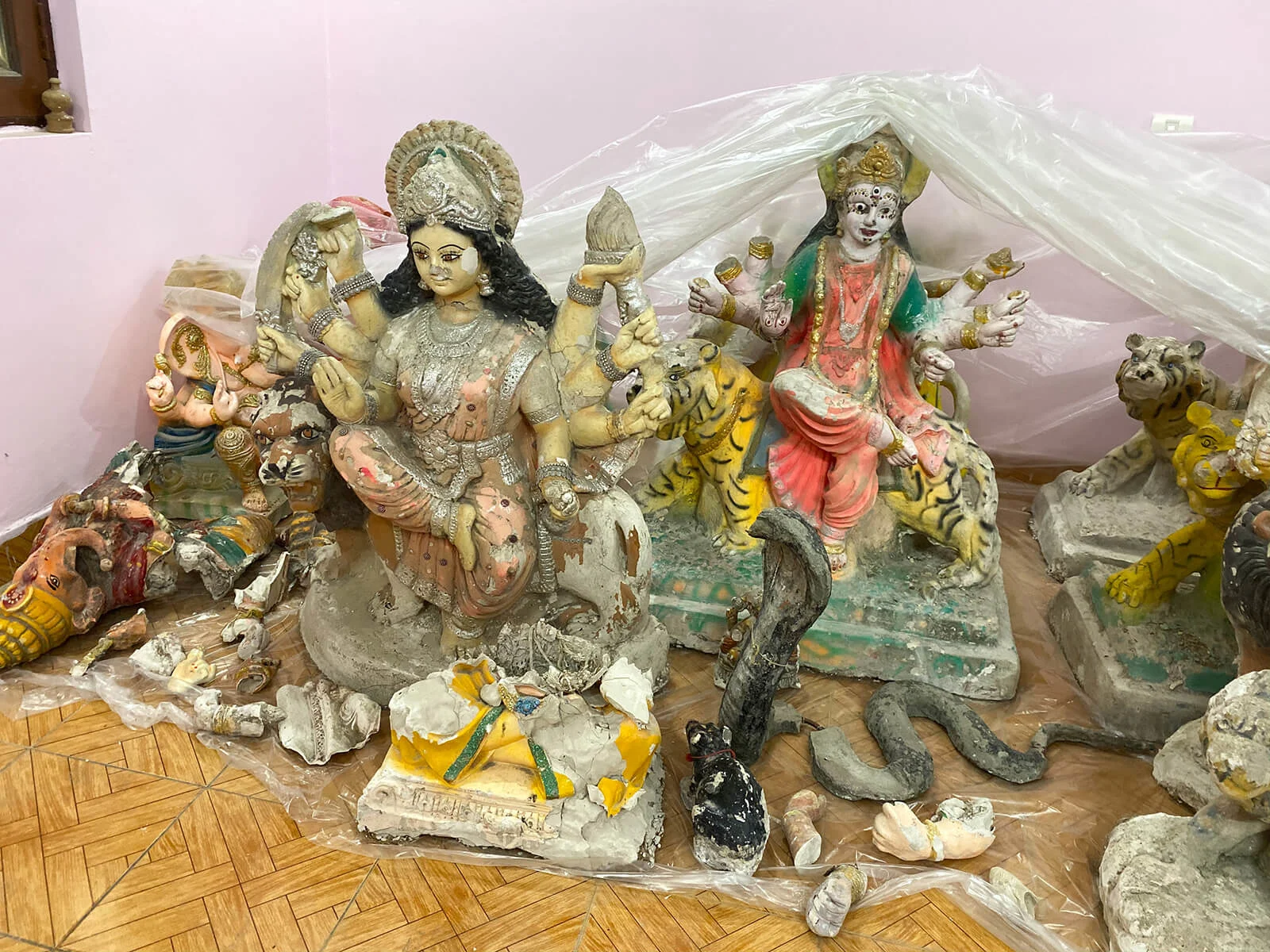
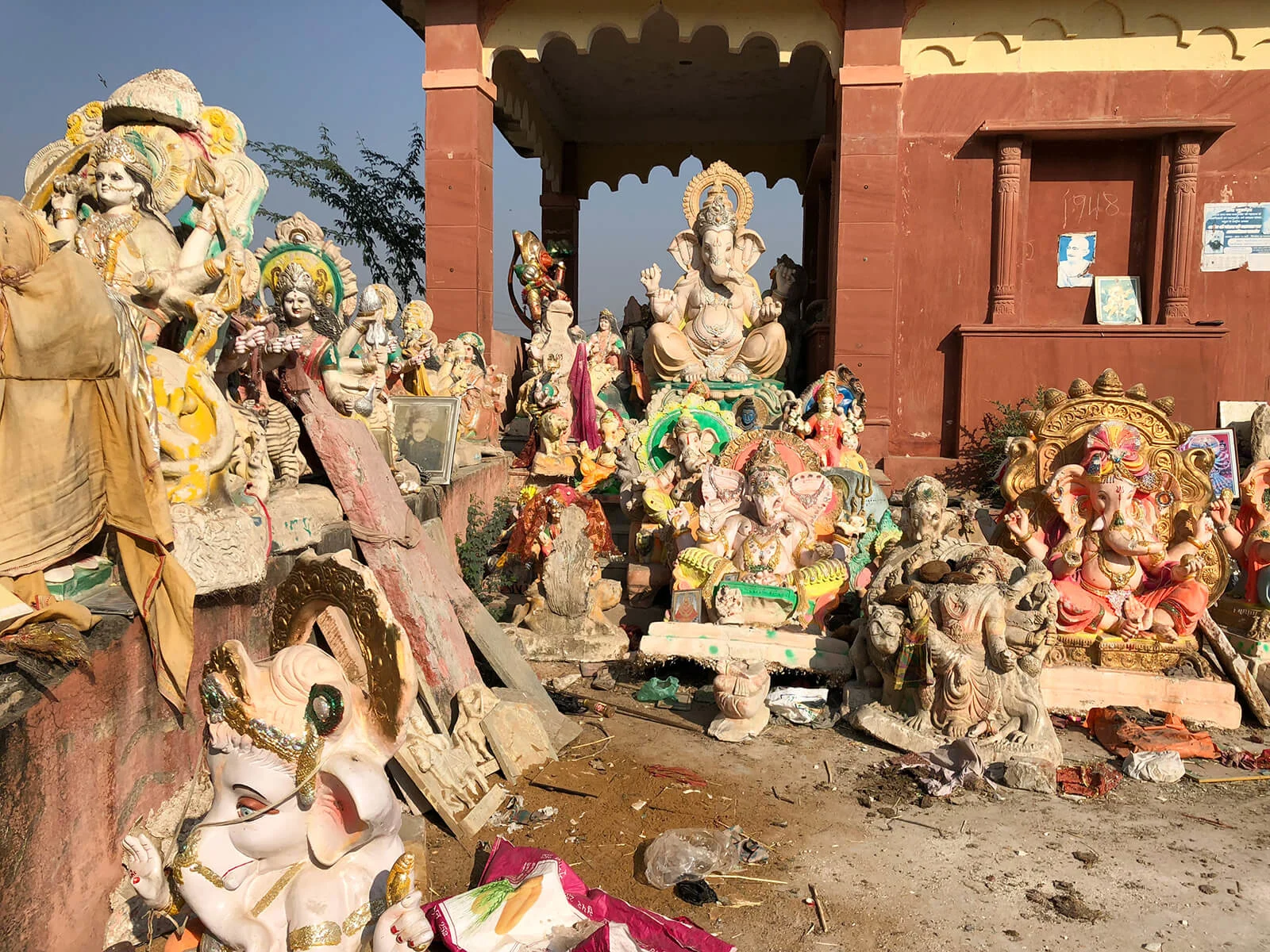
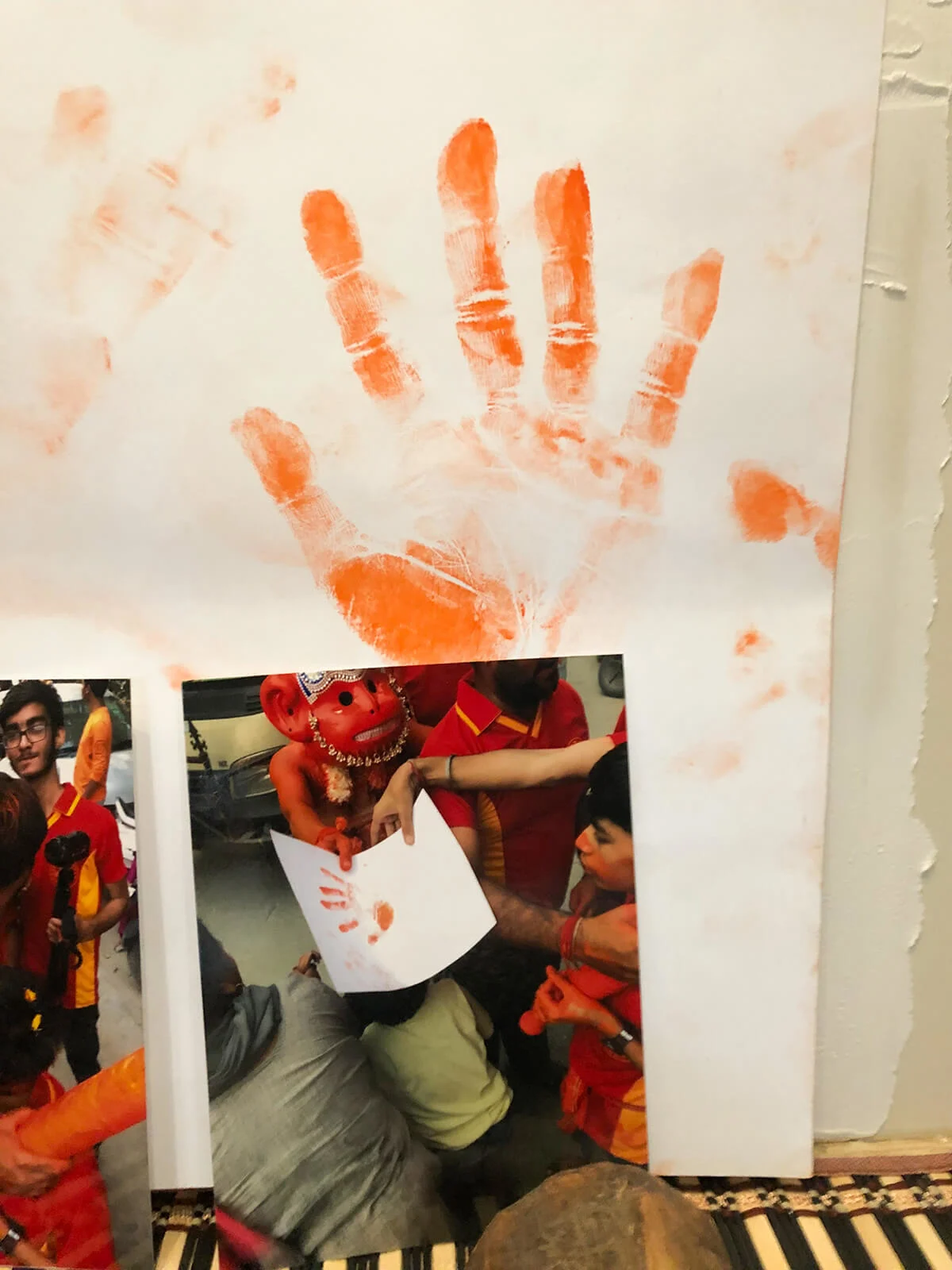



For Nick, like most photographers, photos are somewhat of an endpoint. They’re a finished piece of work. But for the people who view them, photos are just the beginning, acting as an entry point for further exploration.
This realization has transformed the way Nick sees his archive which, for a project that’s been 13 years in the making, is understandably colossal. Instead of only seeking out final products and finished shots, his work is equally about documenting his process and recontextualizing his images over time.
Rather than working toward specific endpoints, I’m just generating, and something’s going to have to come out of it.


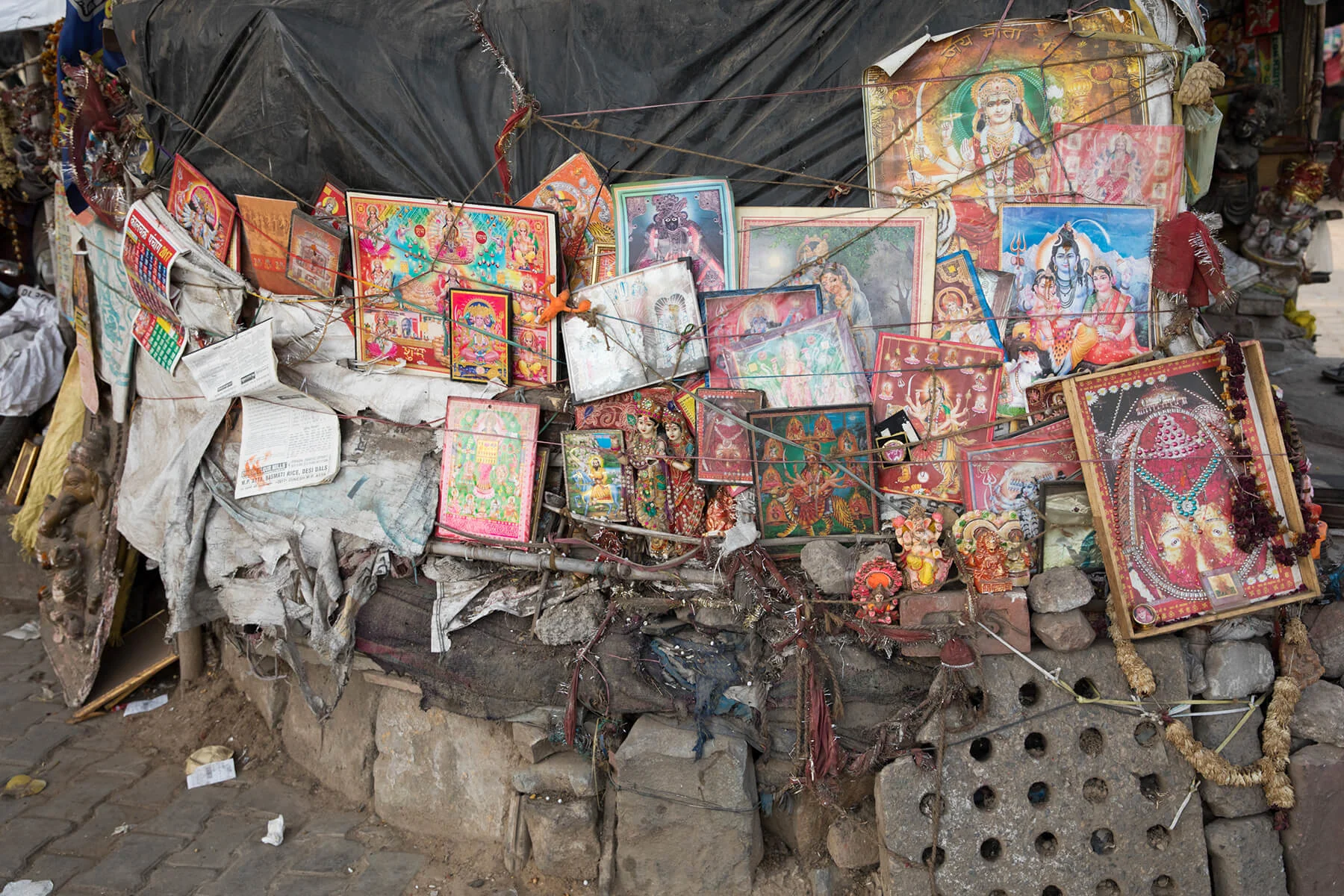


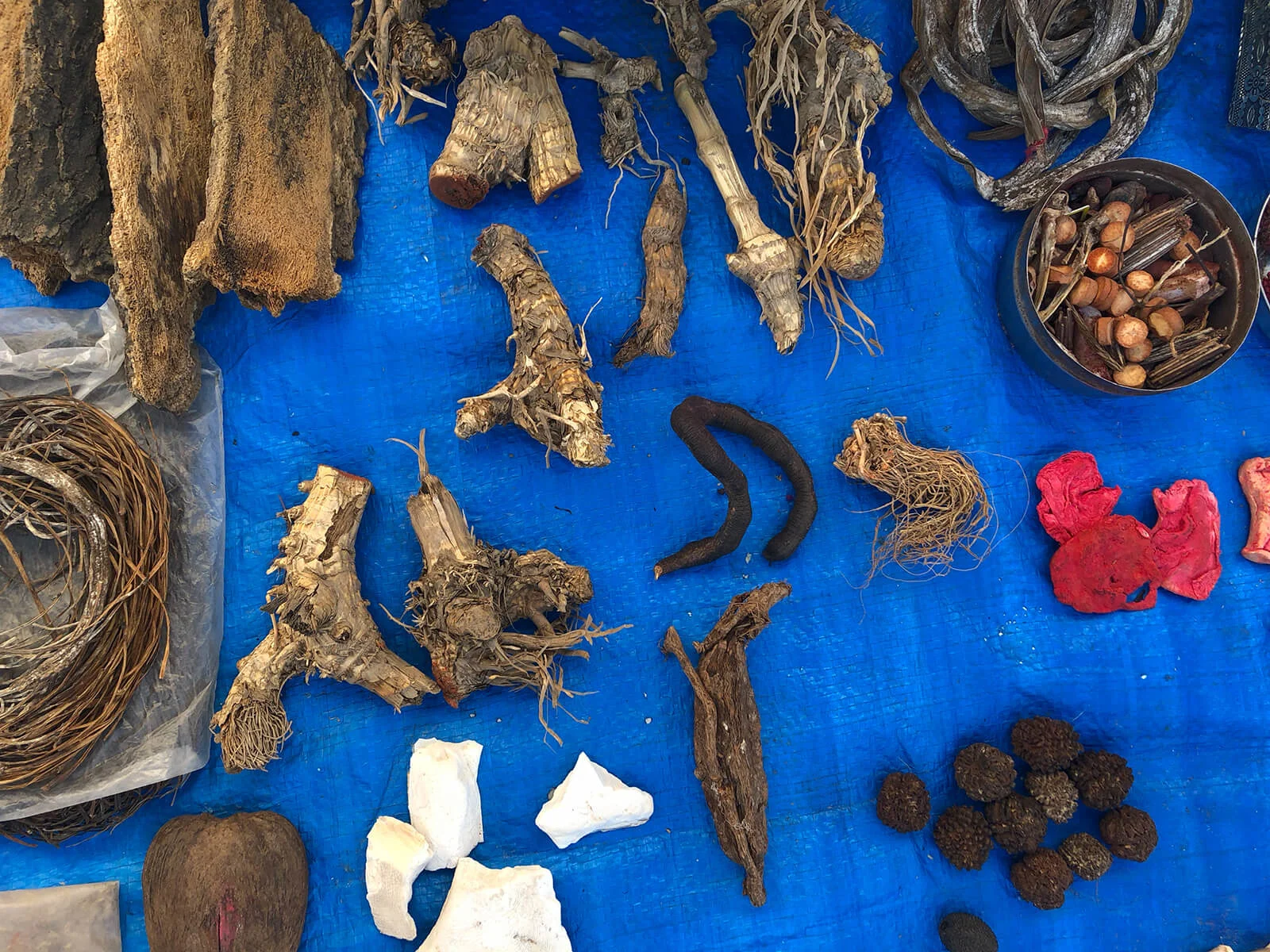


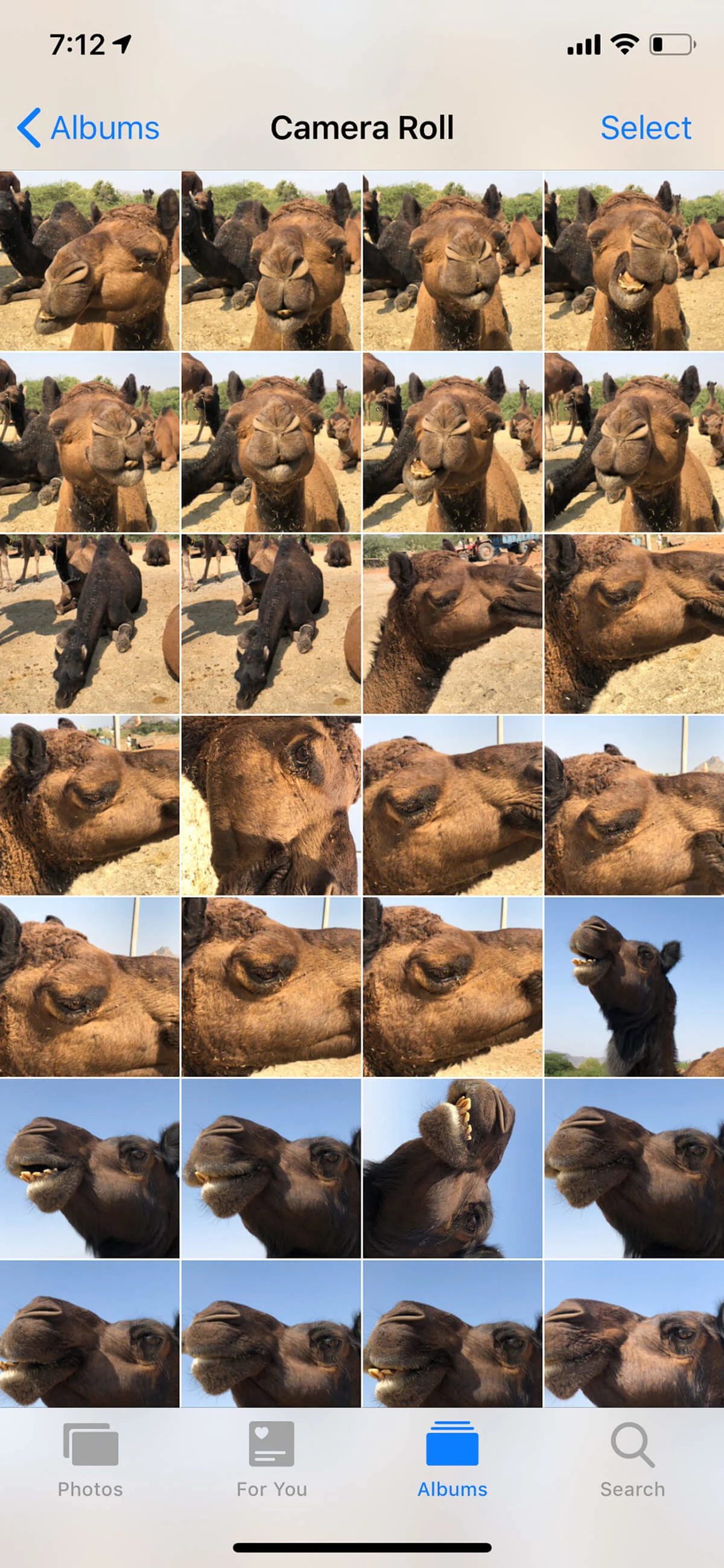

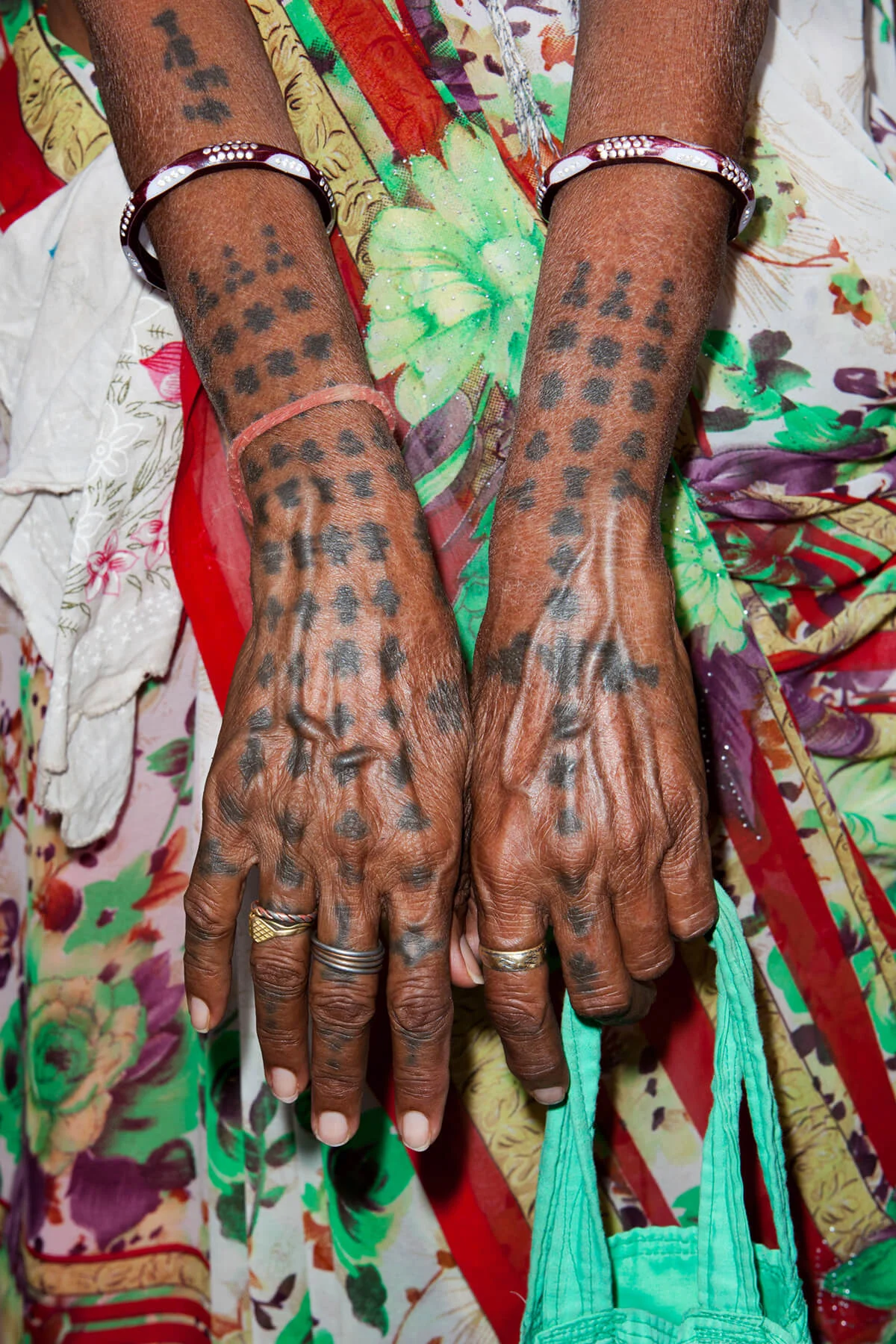



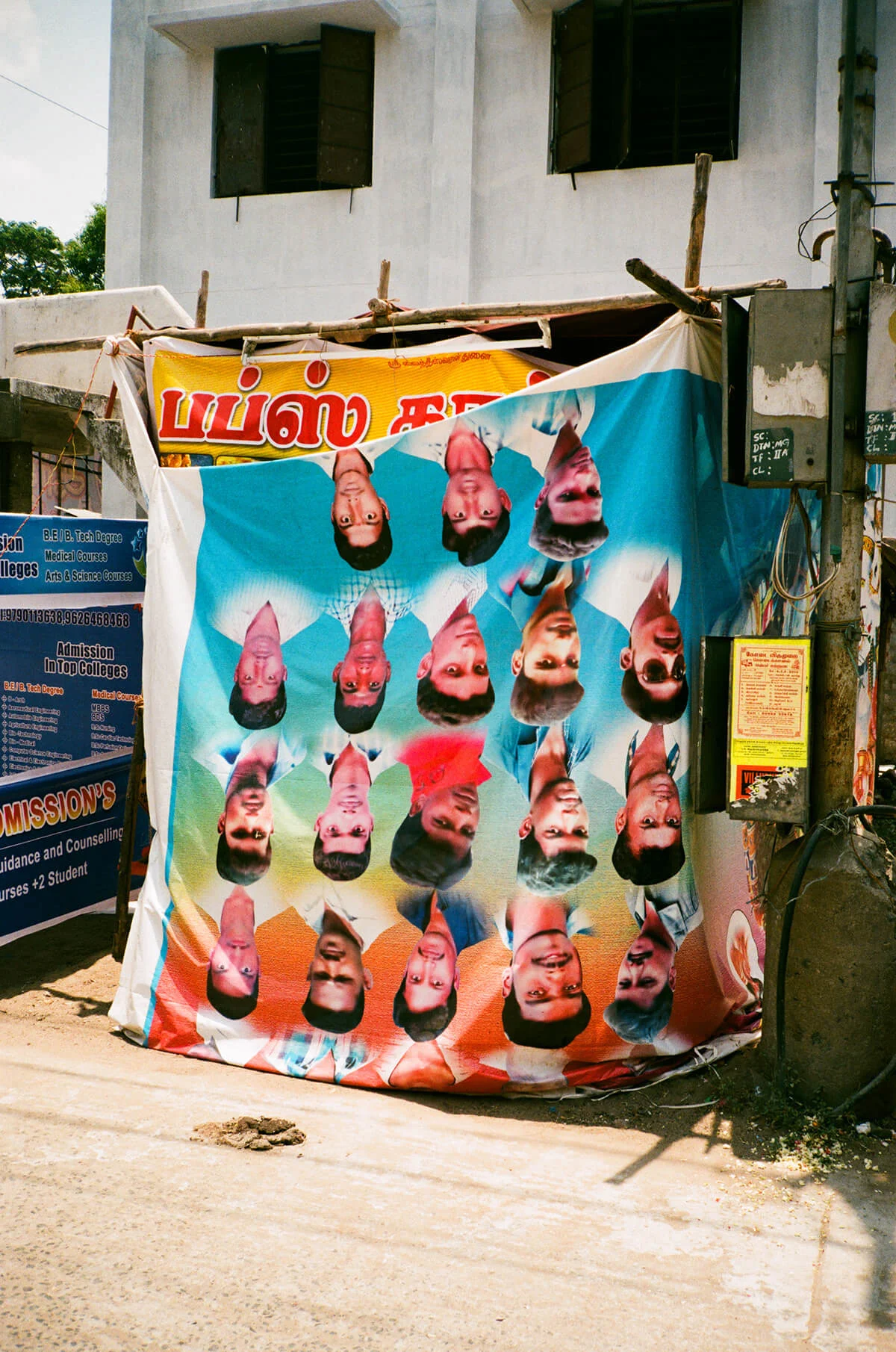
After holding onto work for 13 years, relinquishing ownership and rethinking modes of publishing was a real turning point for Nick. Instead of working in secret until the day his next book is published, he’s begun sharing his process and outtakes with the world.
He’ll post everything he shoots on a particular day on Instagram stories and in return he gets real-time feedback, on the images themselves but also tips about where to go or what to eat in the area.
It’s not publishing – it’s interaction, it’s conversation.
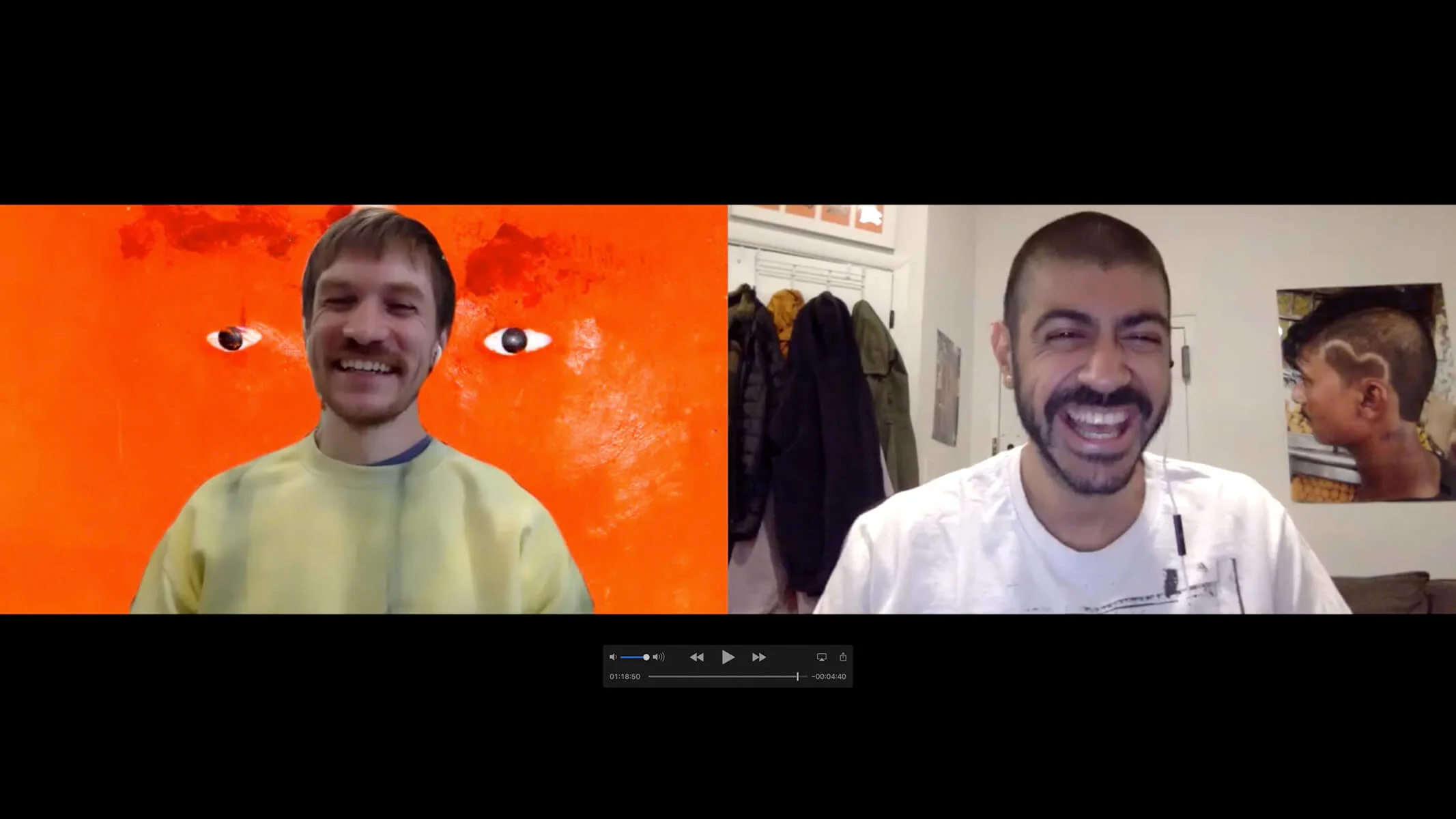
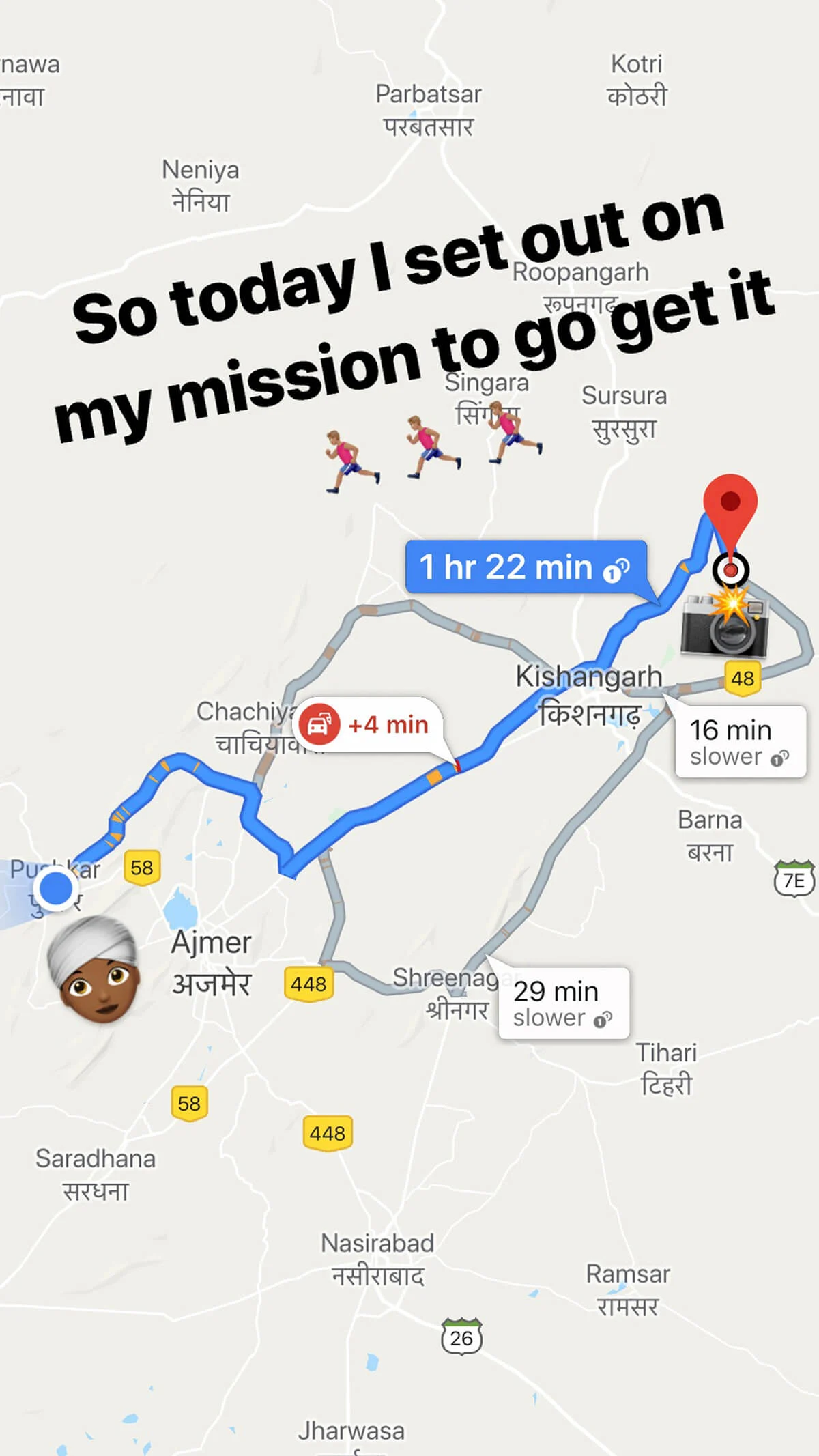
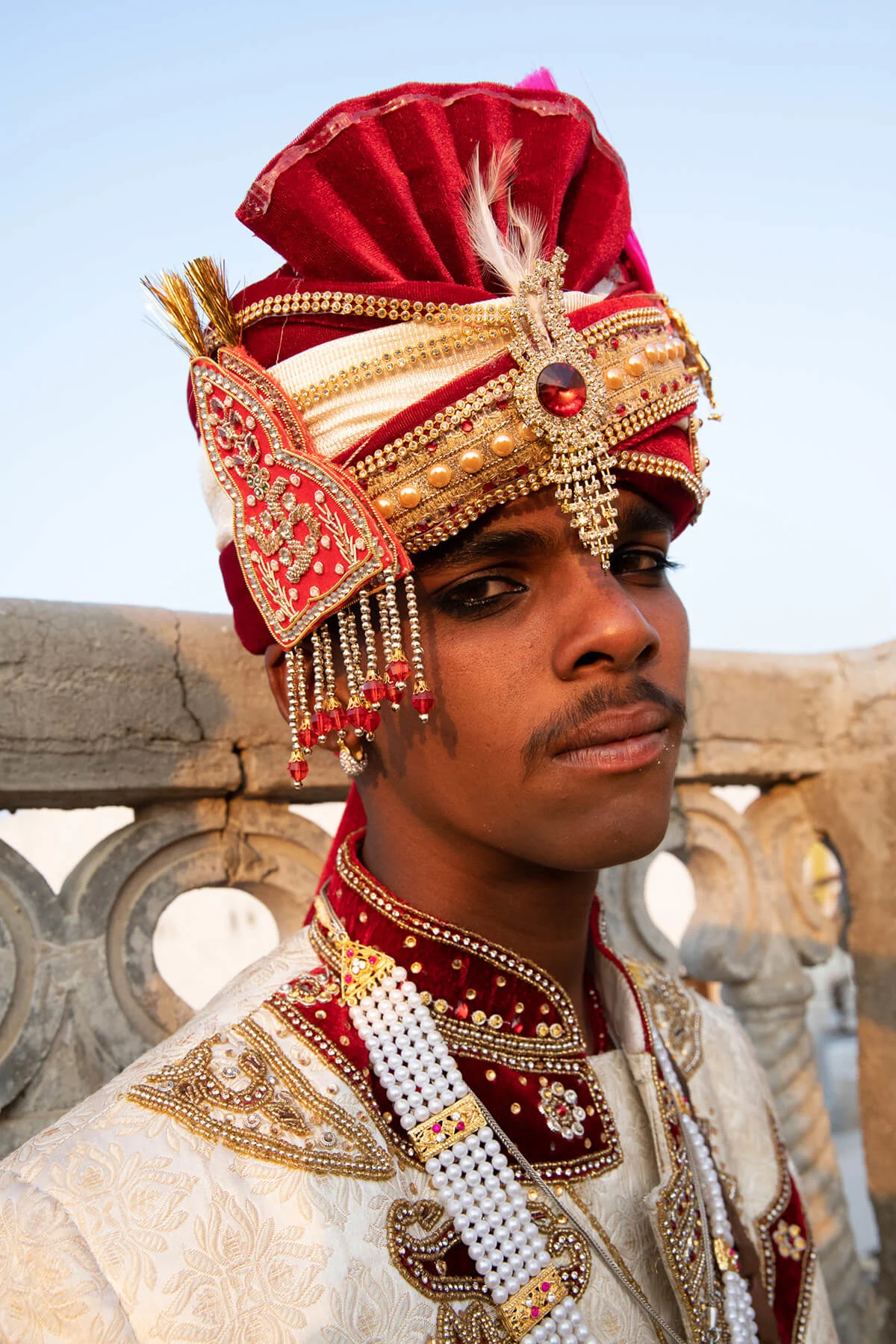

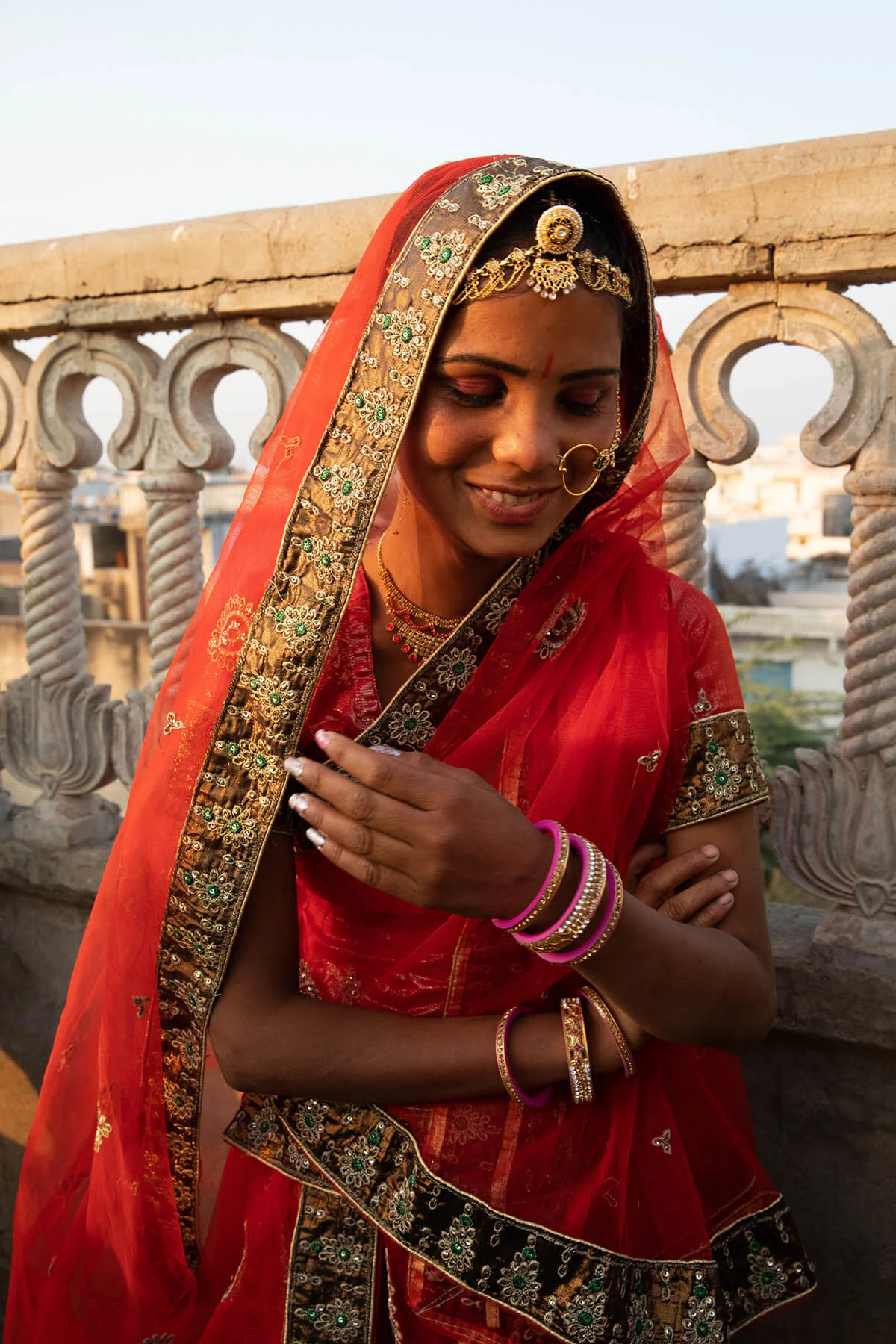




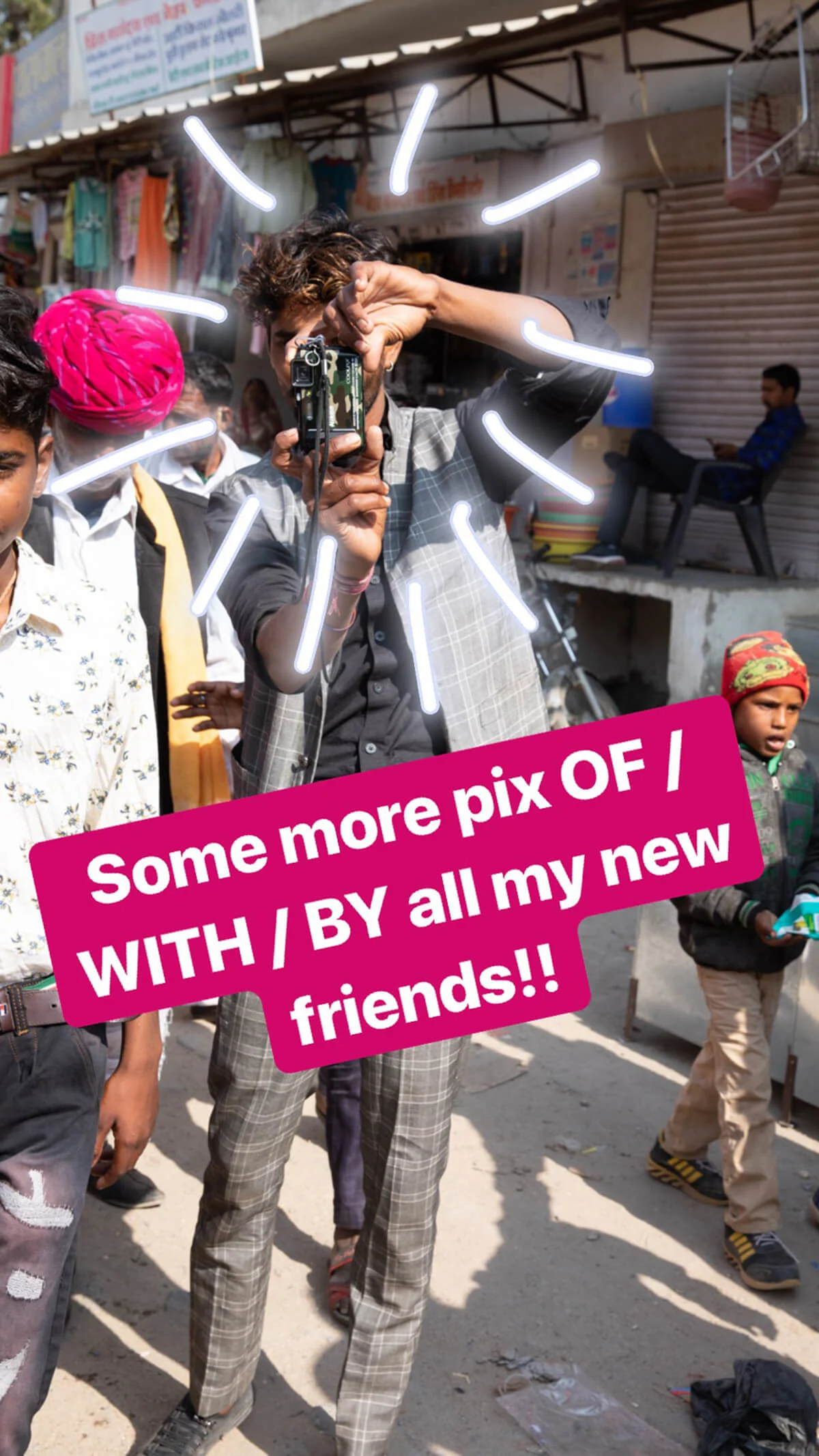




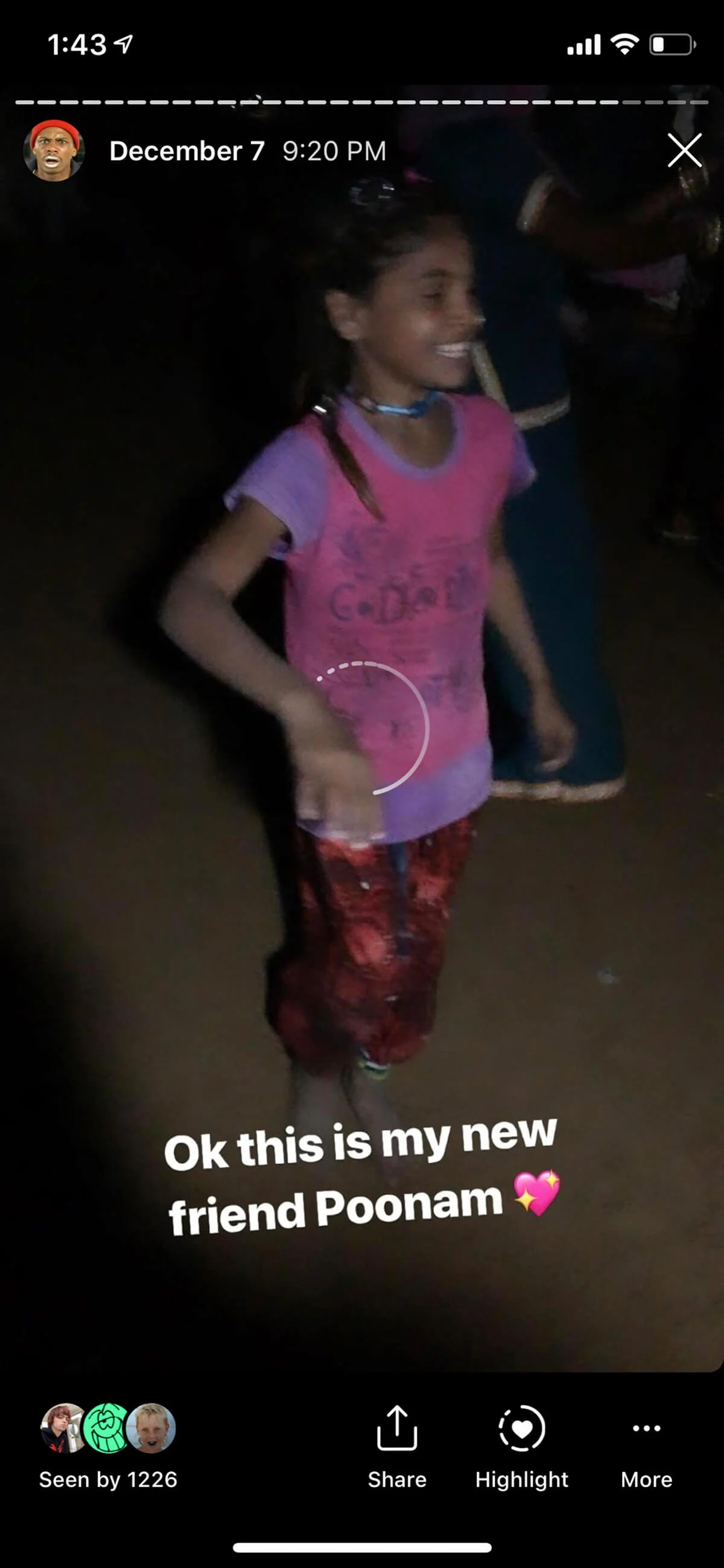

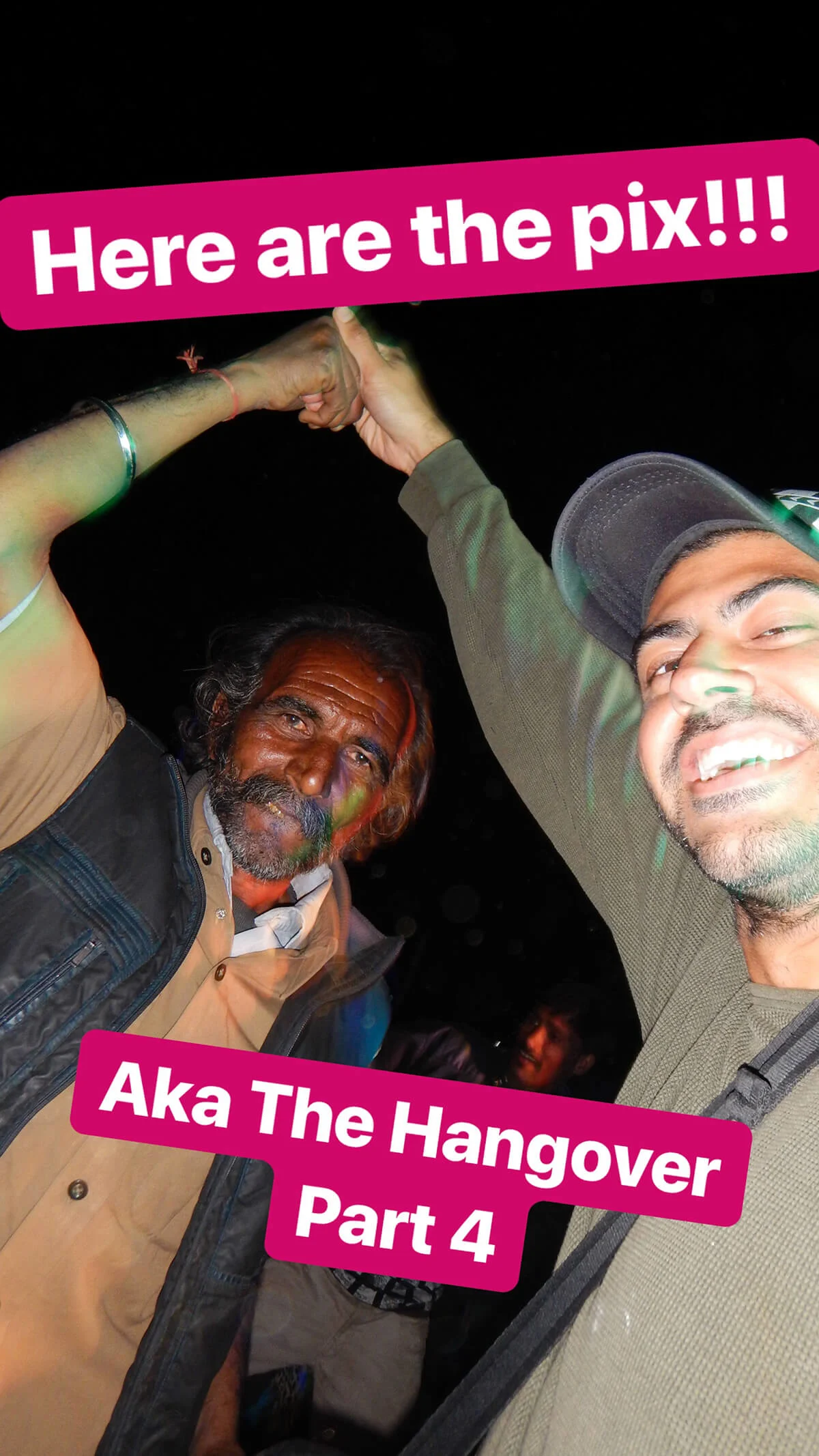


Spectacle and celebration are part of daily life in India. They draw people in, bring people together and represent everything Nick wants to achieve with his work. The viewer is invited to be part of something bigger, transforming them from a voyeur to a participant.
But as an outsider to India and someone carrying an exciting piece of technology around his neck, Nick’s also learned to navigate being a spectacle himself.
You almost have to fight to get away from it. It sucks you in. And it’s never felt othering to me.